Trend of bathroom renovation and demand for hygiene upgrade
With the trend towards high functionality and personalisation in residential renovation, bathrooms not only serve daily cleaning functions, but also become important places for relaxation and comfortable living. The comfort and hygiene level of the toilet directly impact the daily living experience and overall quality of life.
In this context, a smart toilet with bidet has gradually become a popular choice for bathroom renovation. It integrates functions such as automatic flushing, warm water cleaning, warm air drying, and seat heating, which not only improve user comfort but also significantly enhance hygiene standards.
According to survey data released by NKBA (Kitchen and Bathroom Association), over 50% of high-end bathroom renovation projects will include smart toilets in their design plans by 2025. Houzz's trend analysis also shows that the usage rate of smart toilets with toilet flushing function continues to grow in mid to high-end residential renovations.
Traditional hygiene pain points
There are several obvious pain points in the use of conventional toilets:
1. Incomplete cleaning
The method of wiping with toilet paper may not completely remove bacteria and dirt, and long-term use can easily lead to hygiene problems.
2. Low comfort level
Ordinary toilets often lack features such as heating seats, warm water flushing, and drying, which can be particularly inconvenient in winter, resulting in a poor user experience.
3. Complicated hygiene maintenance
Traditional toilet cleaning requires frequent scrubbing and the use of chemical cleaning agents, which puts a burden on time and energy, and also poses a risk of secondary pollution.
These issues indicate that relying solely on traditional toilets cannot meet the high demands of modern people for comfort and hygiene. Smart toilets are an upgraded solution designed to address these pain points.
The core functions of the Smart Toilet with Bidet
1. Warm water flushing and adjustable nozzle
The smart toilet is equipped with a nozzle that can adjust temperature and water pressure, allowing for direct cleaning of the anus and private parts with warm water, making it more thorough and hygienic than wiping with toilet paper. According to Statista data, after using smart toilets, users' satisfaction with cleaning has increased by about 65%, and the risk of skin irritation and infection has been significantly reduced.
2. Warm air drying and seat heating
The smart toilet features a drying function that can be activated by warm air after flushing, eliminating discomfort caused by paper friction. The seat heating function enhances comfort during cold seasons, bringing the daily use experience closer to that of a high-end bathroom.
3. Automatic flushing and water-saving design
Smart toilets are typically equipped with an induction automatic flushing system to prevent secondary contact caused by manual operation, while achieving water conservation through precise control of water volume. According to NKBA data, smart toilets can reduce water usage by 30% to 50% in daily use, making them more environmentally friendly and economical compared to traditional toilets.
4. Automatic deodorisation and air purification
Some high-end products are equipped with activated carbon deodorisation or air purification systems, effectively reducing the spread of odours, keeping bathroom air fresh, and improving overall comfort.
5. Intelligent sensing and safety functions
Human body sensing: The seat automatically lifts and lowers, making it more convenient to use;
Night mode: low brightness light guidance to avoid nighttime misoperation;
Children and elderly mode: Adjust nozzle position, water temperature, and water pressure to ensure safety and comfort.
These features not only enhance the user experience but also address the limitations of traditional toilets in terms of hygiene and comfort.
Data and Industry Perspectives
NKBA research: The adoption rate of smart toilets in mid to high-end bathroom renovation projects has been increasing year by year, rising from about 28% in 2018 to over 50% in 2023.
Houzz user survey: Nearly 70% of smart toilet users reported that the warm water flushing and drying functions have significantly improved their daily cleaning experience and reduced skin sensitivity issues.
Statista market data: The global smart toilet market has seen a compound annual growth rate of over 8% over the past five years, demonstrating its market recognition in improving hygiene and comfort.
These data indicate that smart toilets are not just a decorative choice, but also a reflection of functional upgrades and an improved quality of life.

Application scenario analysis
1. Small bathroom
Smart toilets typically integrate multiple functions to reduce the space occupied by additional devices, making them suitable for compact bathroom designs.
2. Family bathroom
Provide a comfortable and efficient cleaning experience, especially suitable for children, the elderly, or family members with special needs.
3. High-end residences and hotels
Intelligent toilets improve overall hygiene standards and user comfort, meeting the functional and experiential requirements of high-end decoration.
In these scenarios, smart toilets integrate warm water flushing, drying, automatic deodorisation, and water-saving functions, saving space and improving living convenience while maintaining high standards of hygiene environment.
Future Trends: Intelligence and Sustainable Development
In the future, smart toilets will continue to develop towards greater intelligence and environmental friendliness.
Realise remote control, water monitoring, and fault reminders through IoT technology;
Integrate functions such as air purification, intelligent sensing lighting, and heated flooring to enhance the overall comfort of the bathroom.
Using low-energy and efficient water circulation systems to achieve a more sustainable lifestyle;
Personalised settings will become more common to meet the usage needs of different family members.
These trends suggest that smart toilets will not only be comfortable and hygienic tools, but also become an integral part of the overall solution for bright bathrooms, driving bathroom renovation towards greater efficiency, intelligence, and environmental protection.
Summary: Dual improvement of comfort and hygiene level
Smart toilet with bidet has not only improved the comfort of modern bathroom renovation, but also significantly improved the hygiene level:
Cleanliness: Rinse with warm water, dry, and automatically deodorise to achieve a more thorough and intimate cleaning.
Comfortable experience: seat heating, intelligent sensing, and night mode enhance daily comfort.
Water conservation and environmental protection: precise flushing and intelligent water volume control, reducing water consumption, balancing environmental protection and economy.
Safe and convenient: Elderly mode, child mode, and sensor operation ensure safe use.
Overall, smart toilets not only address the pain points of traditional toilets in terms of cleanliness, comfort, and ease of use, but also improve the overall quality of life through intelligent and water-saving design. From daily user experience to long-term living convenience, and then to environmental sustainability, the intelligent toilet with a bidet has become an indispensable core function in modern bathroom renovation.
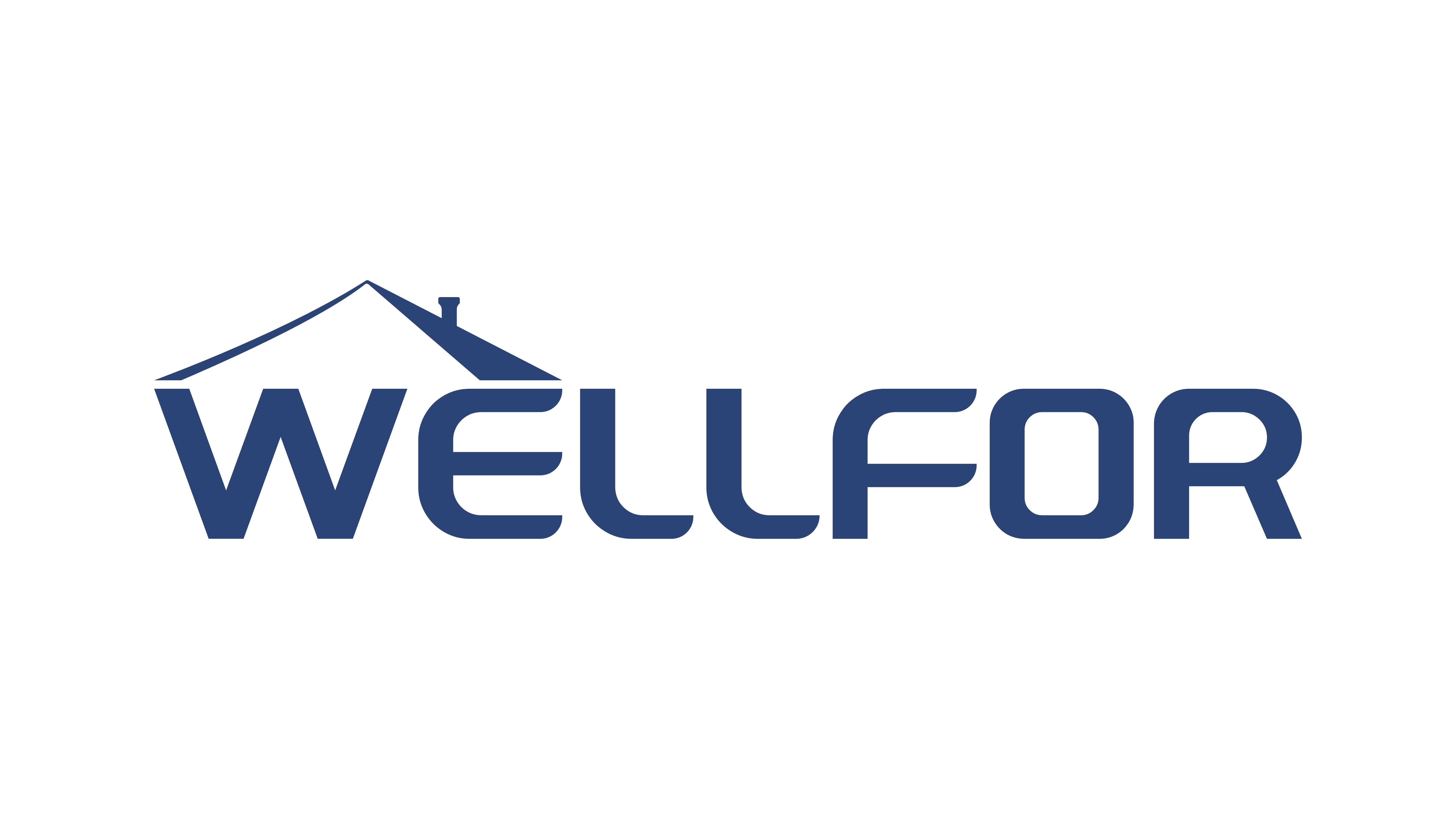
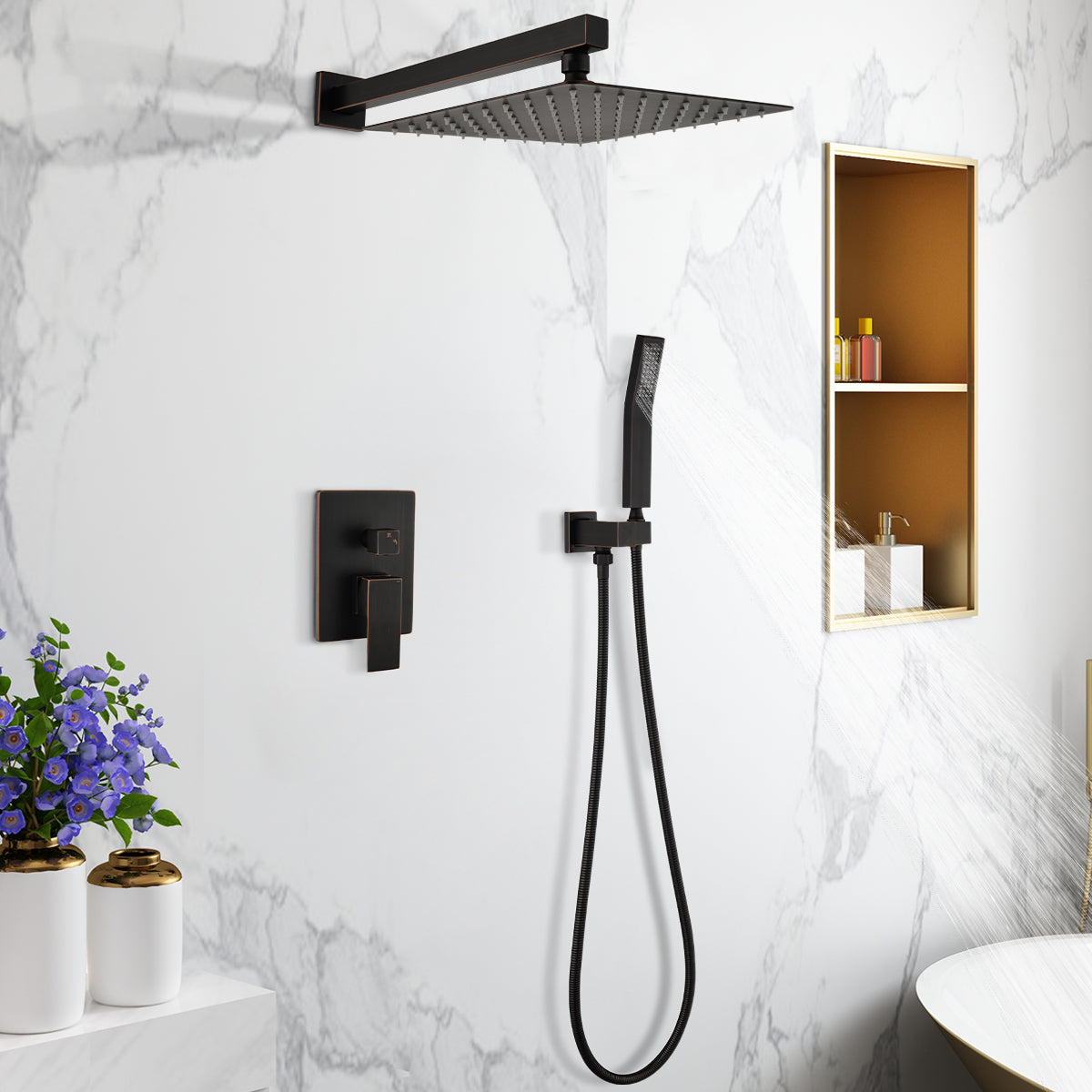
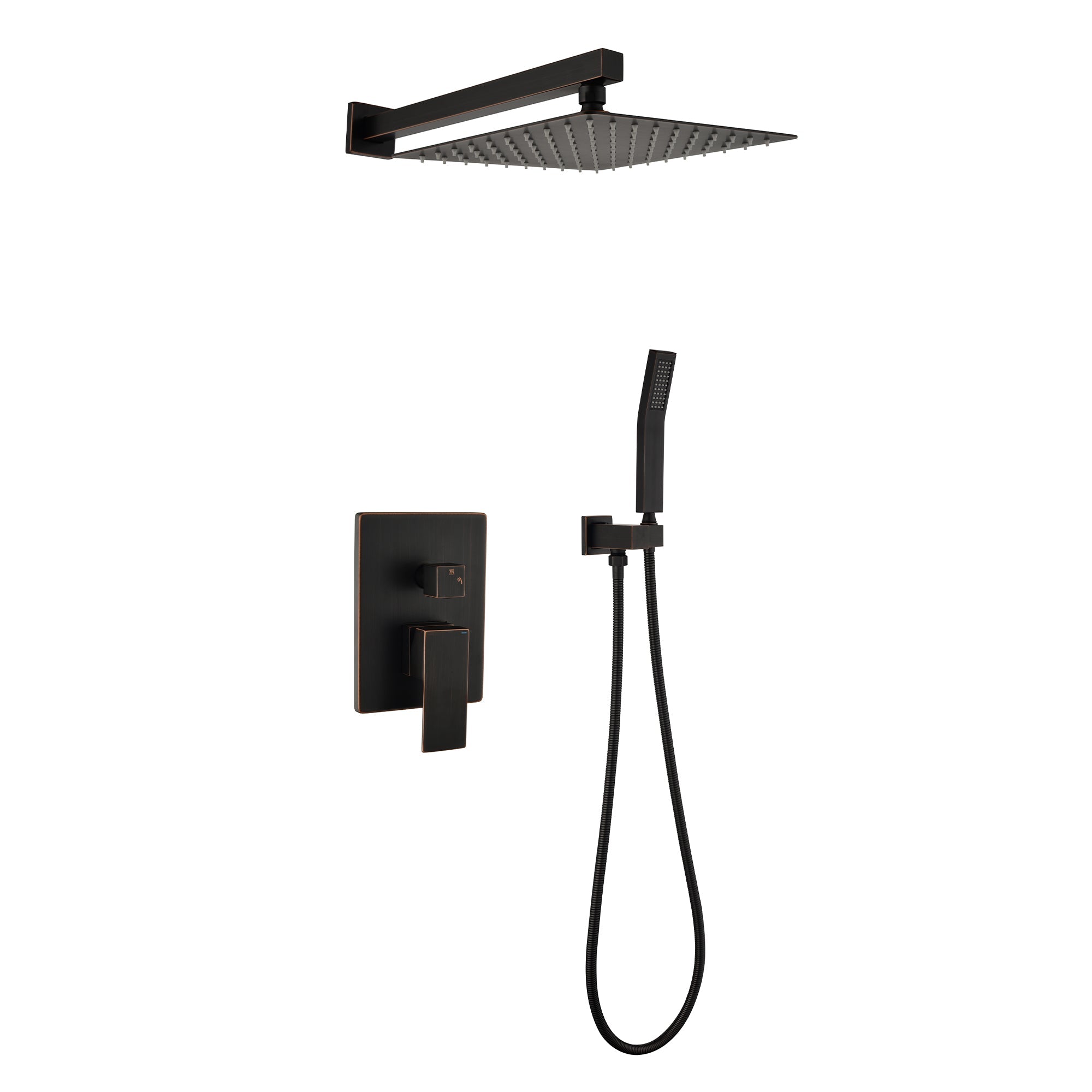


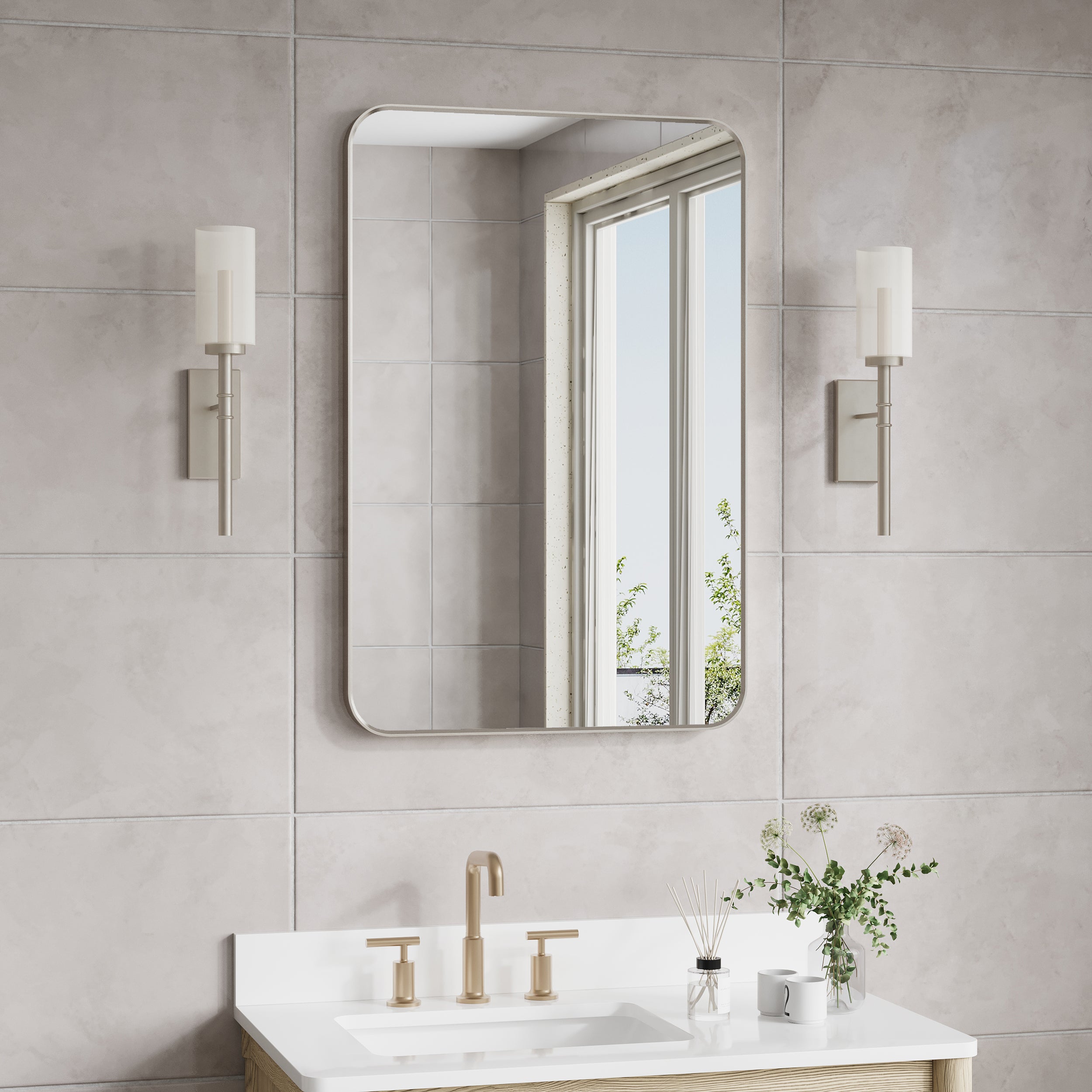
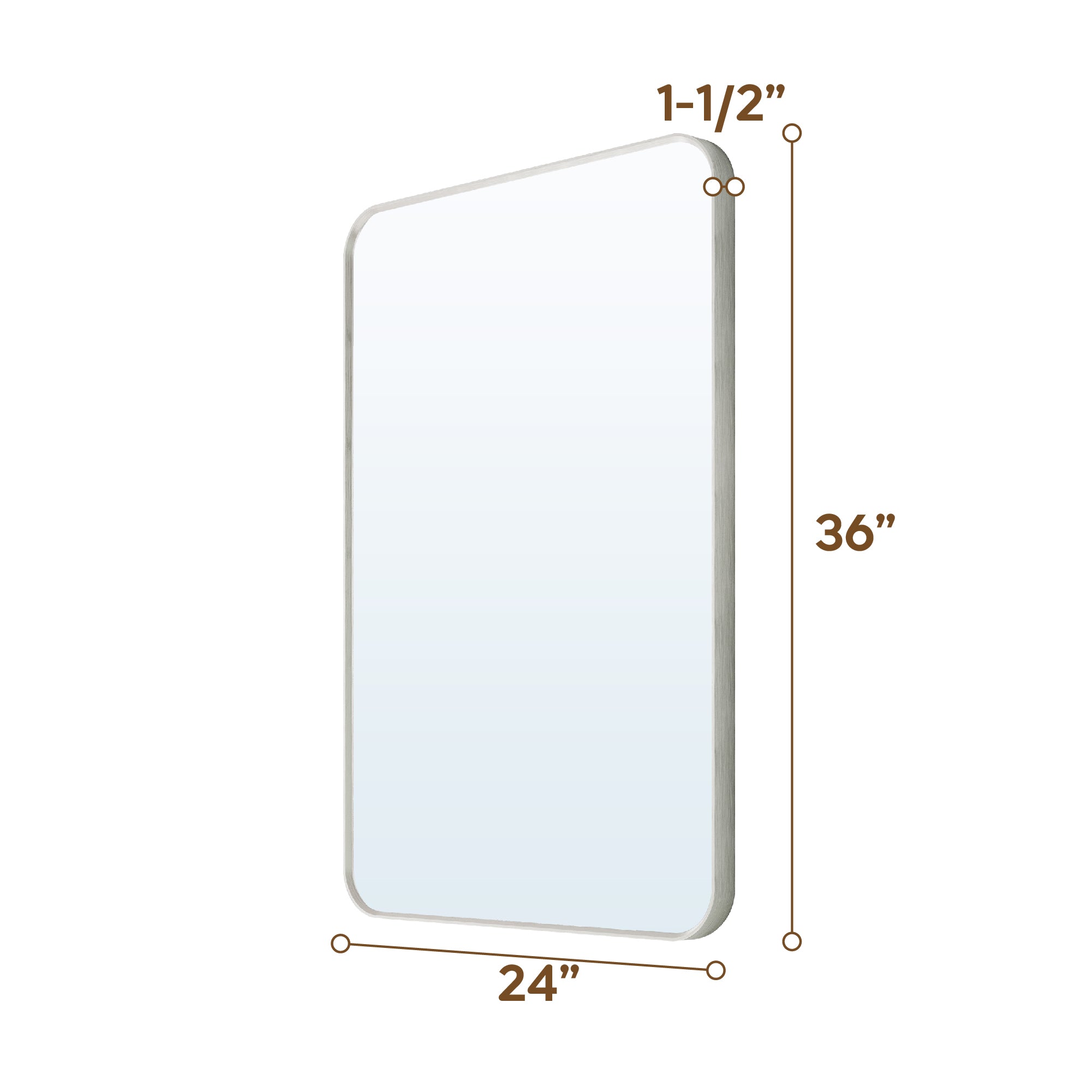

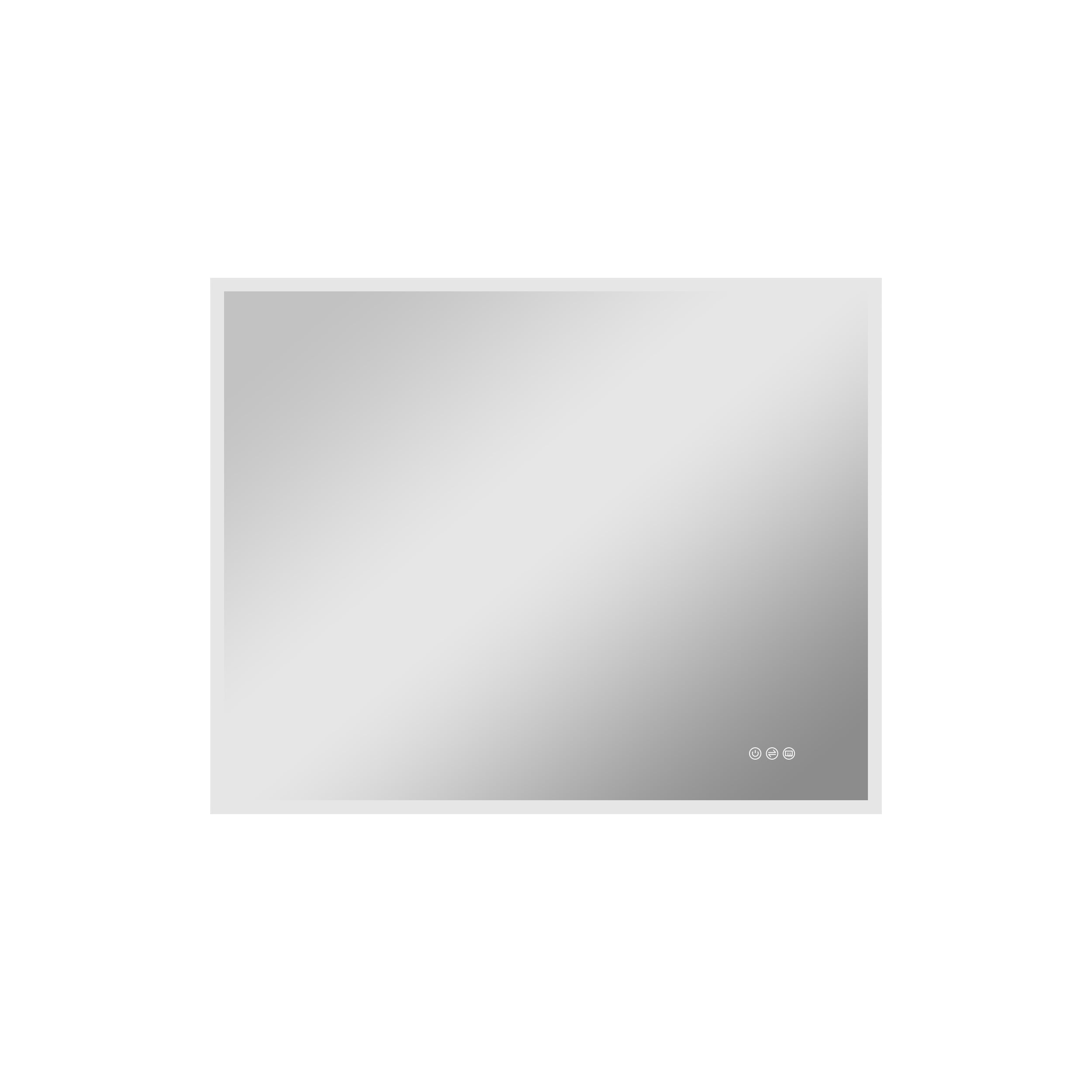

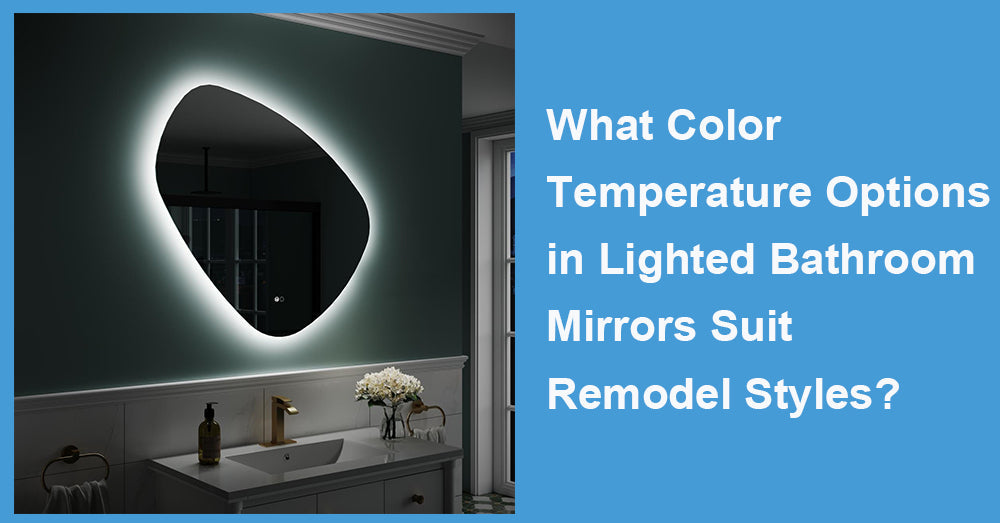
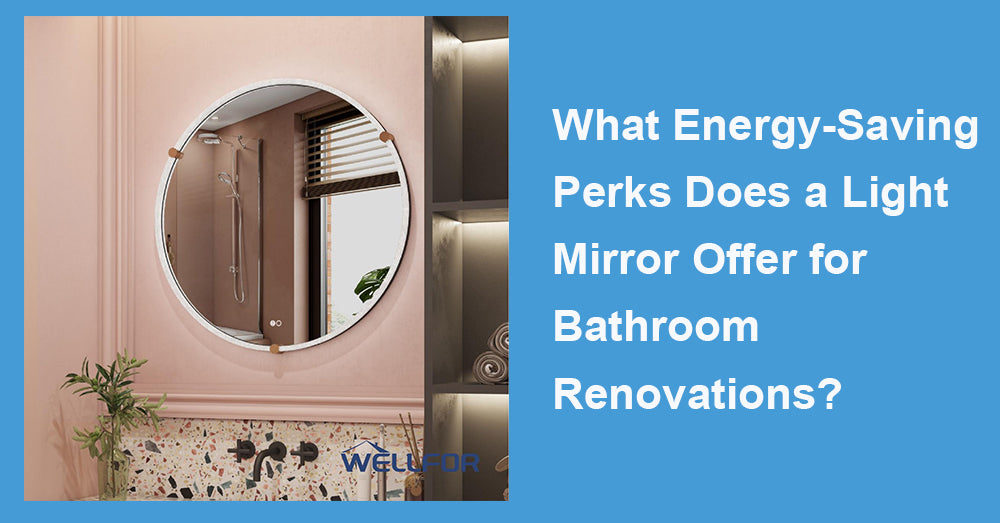
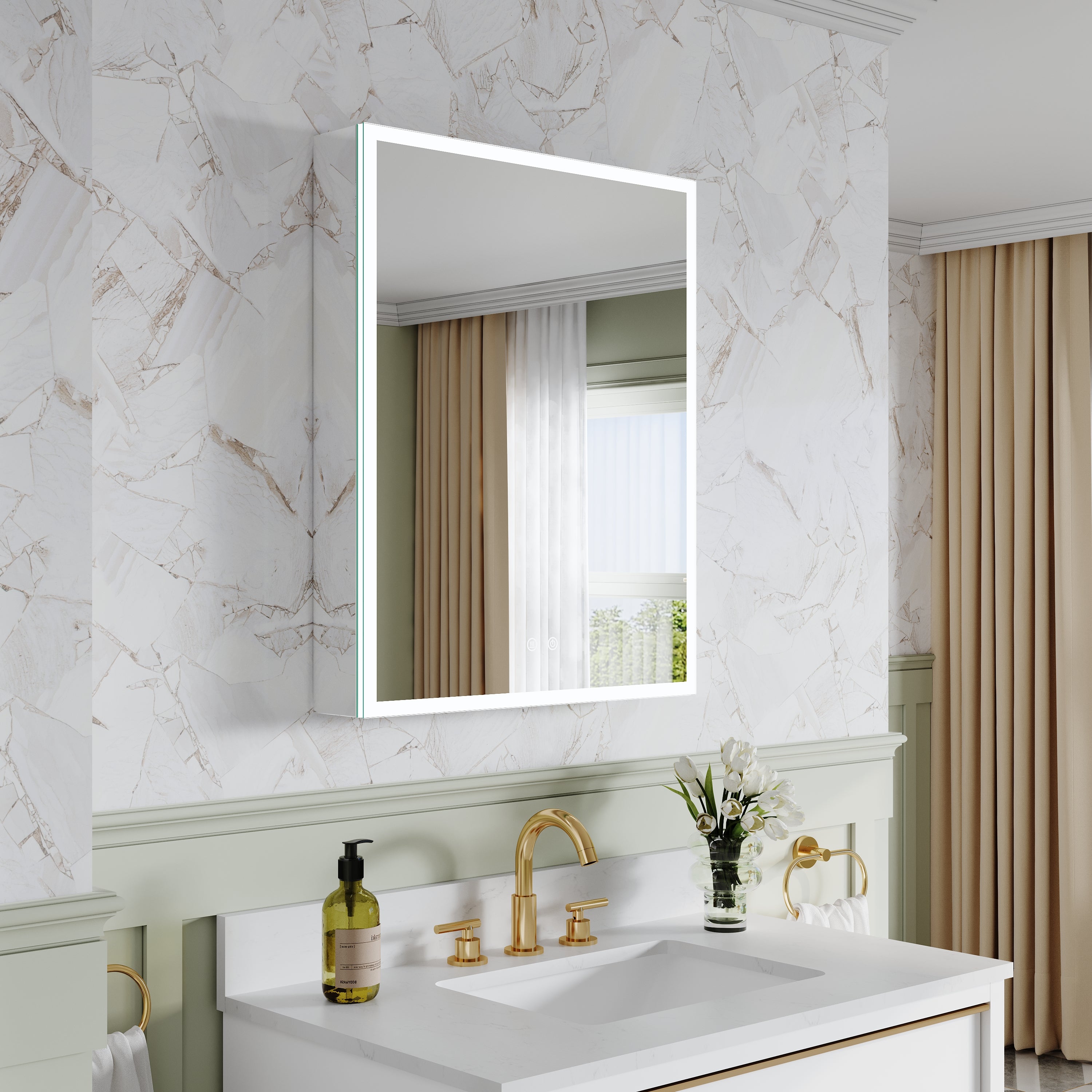
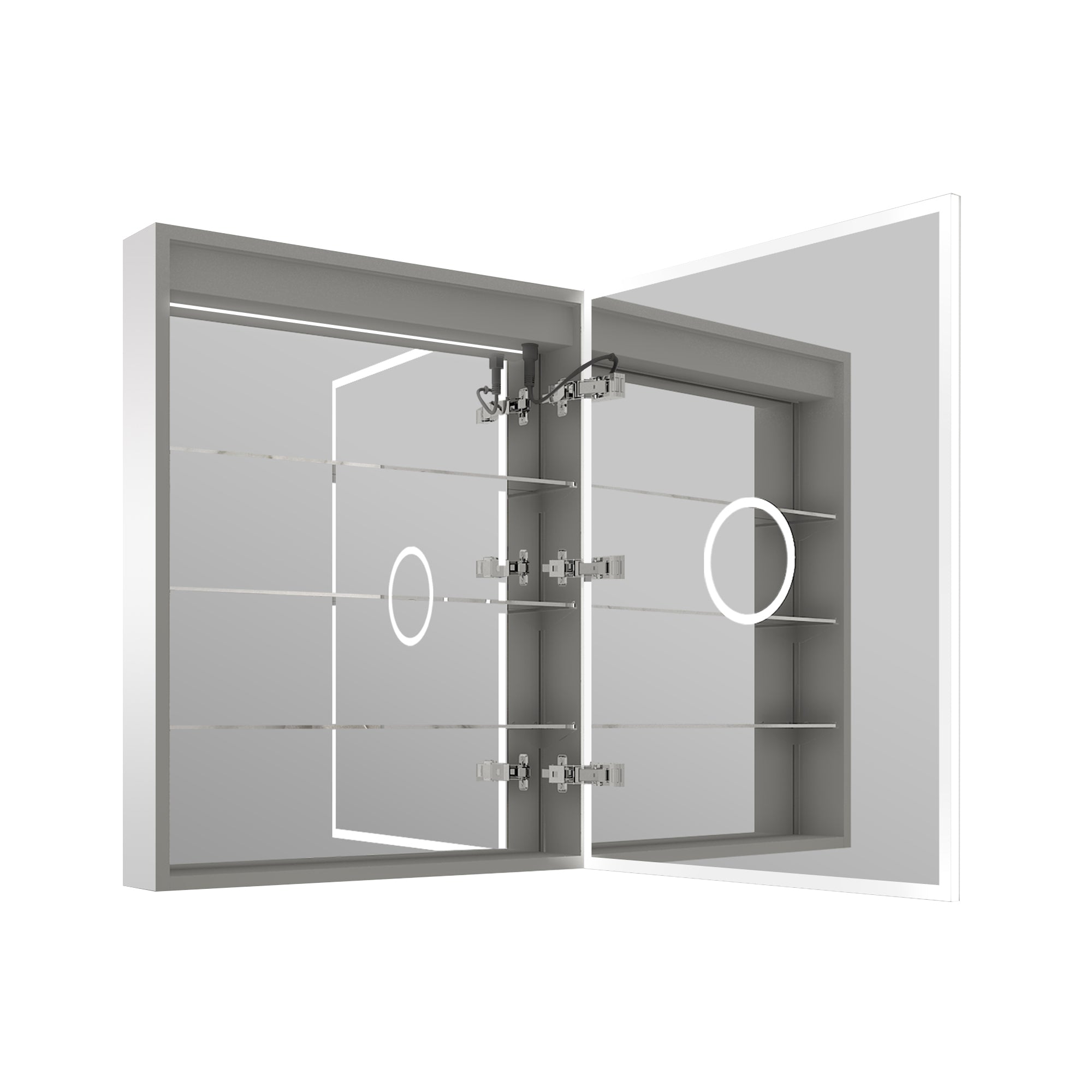
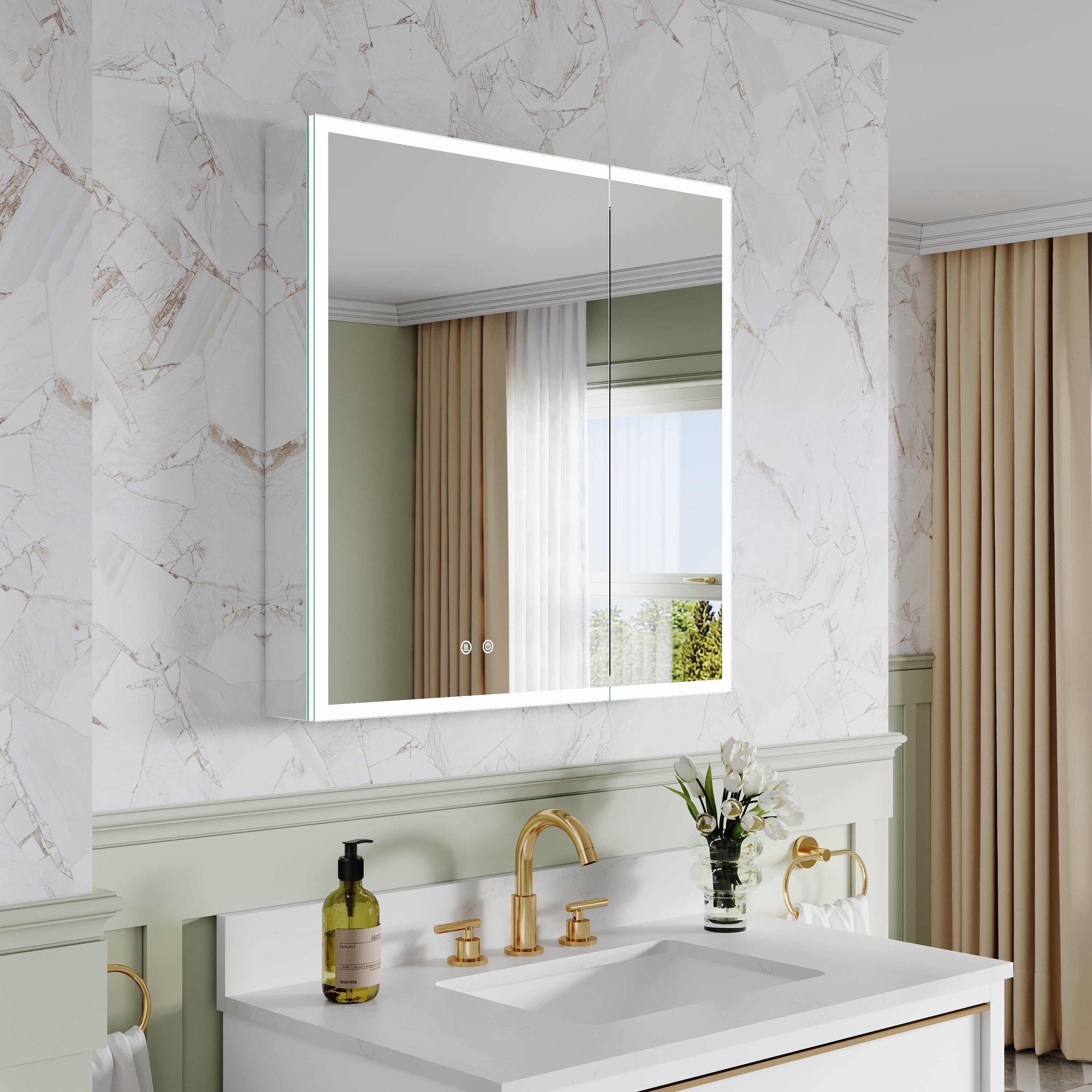
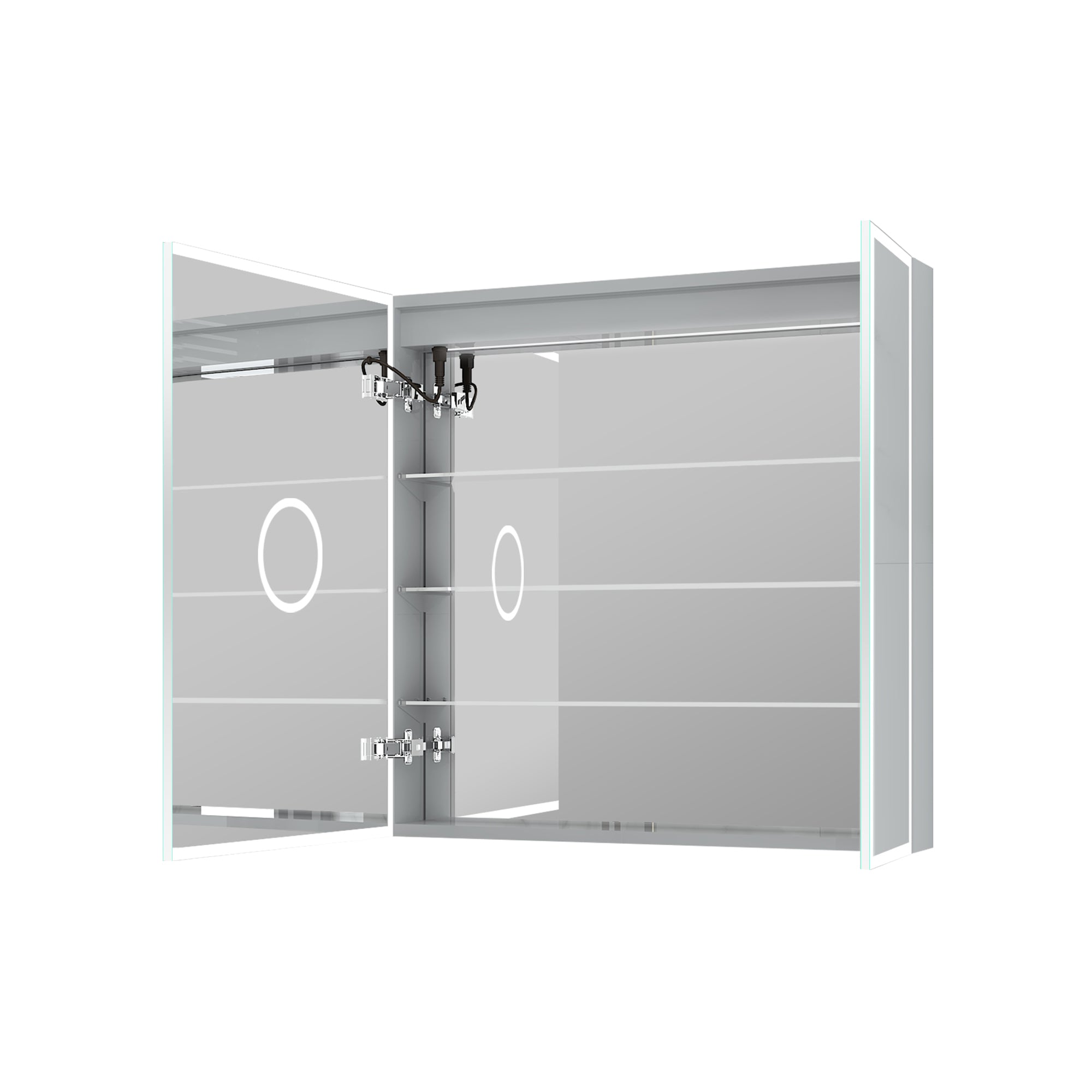
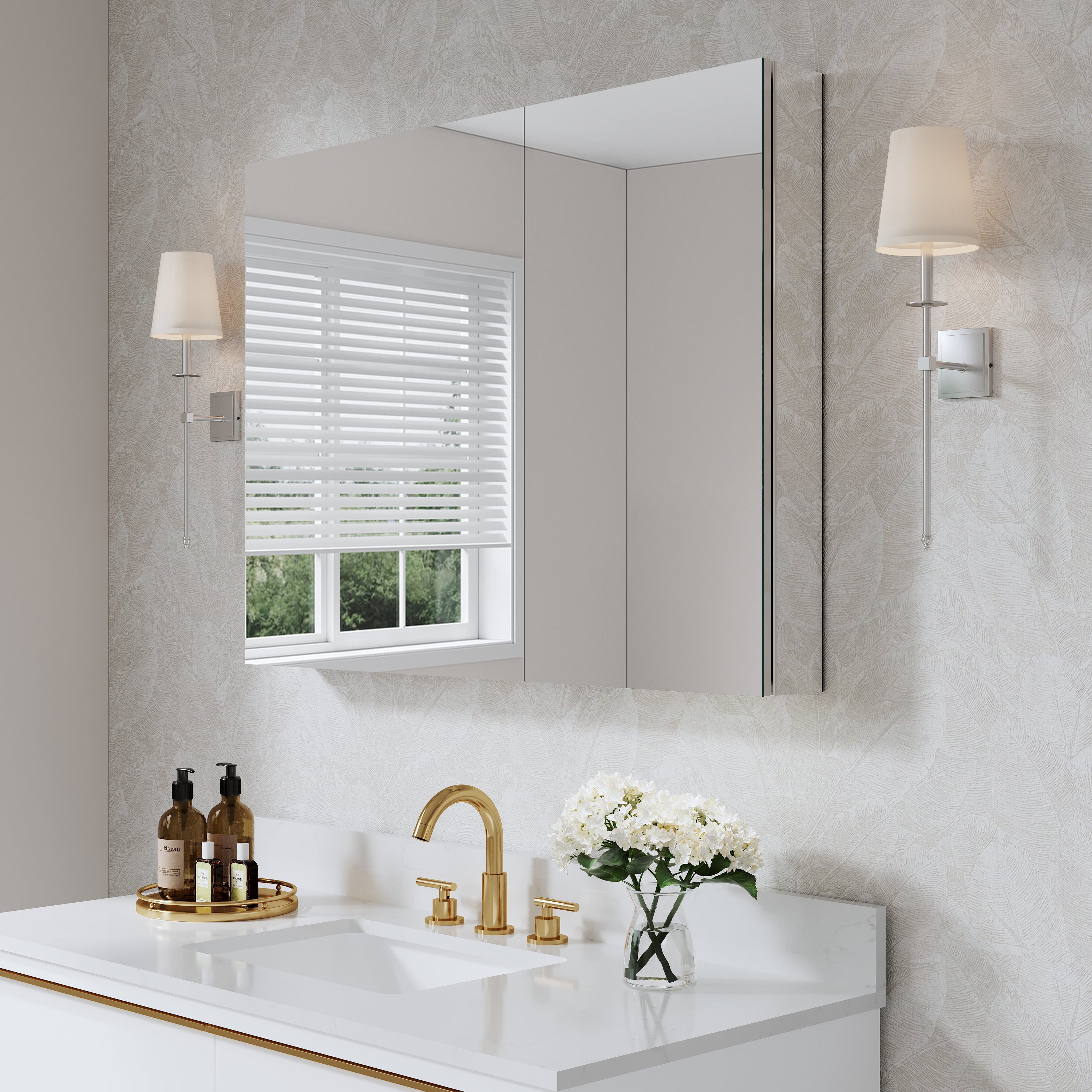

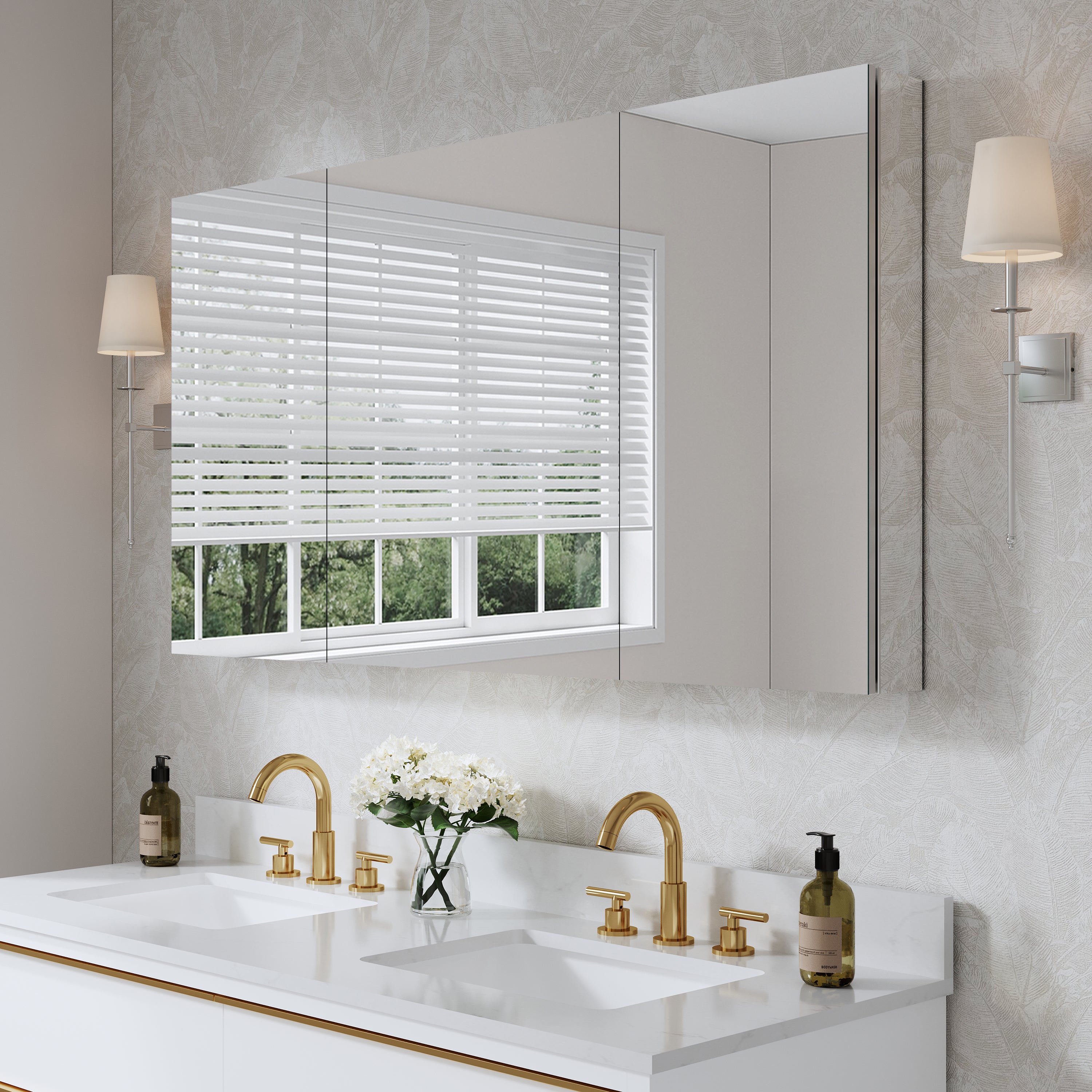

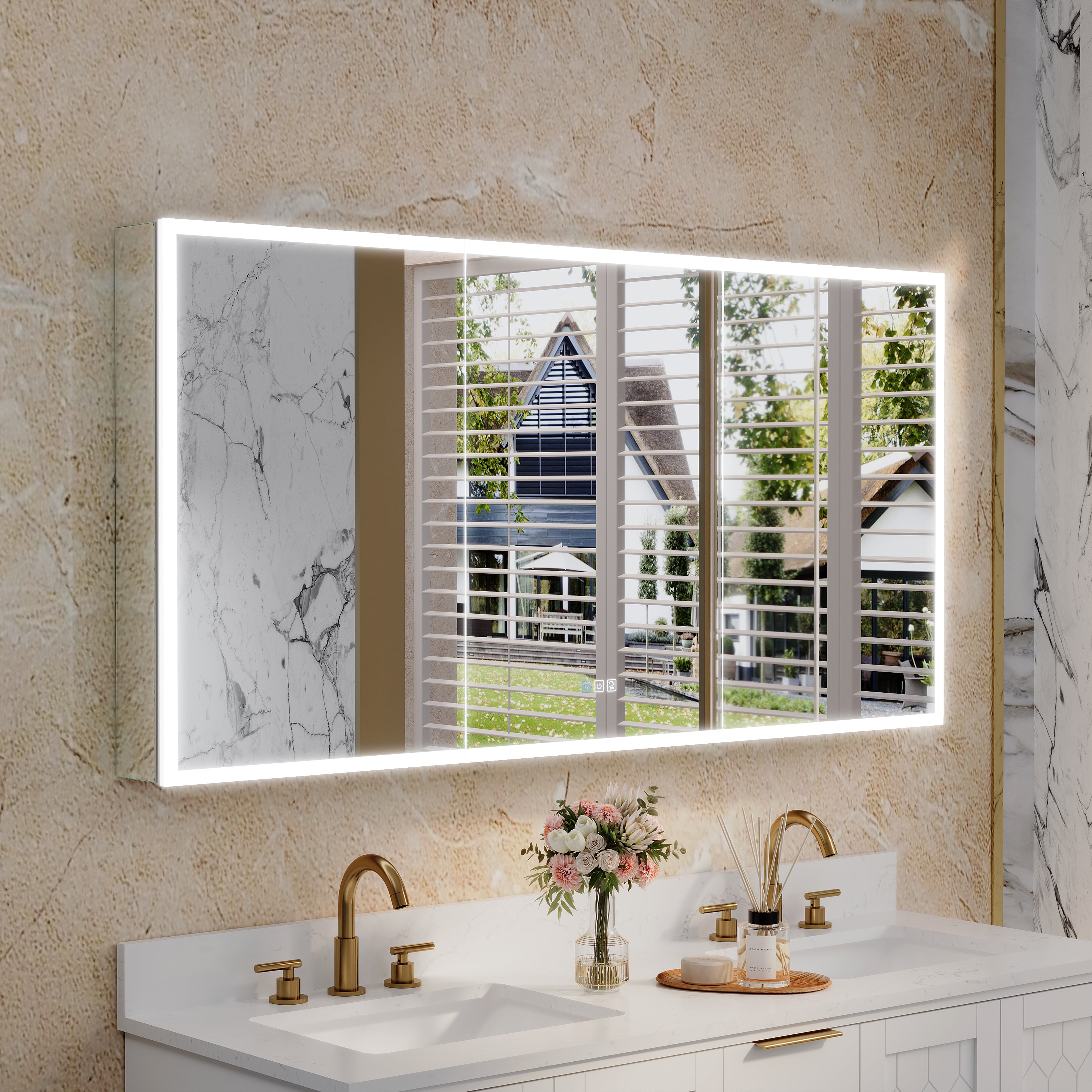

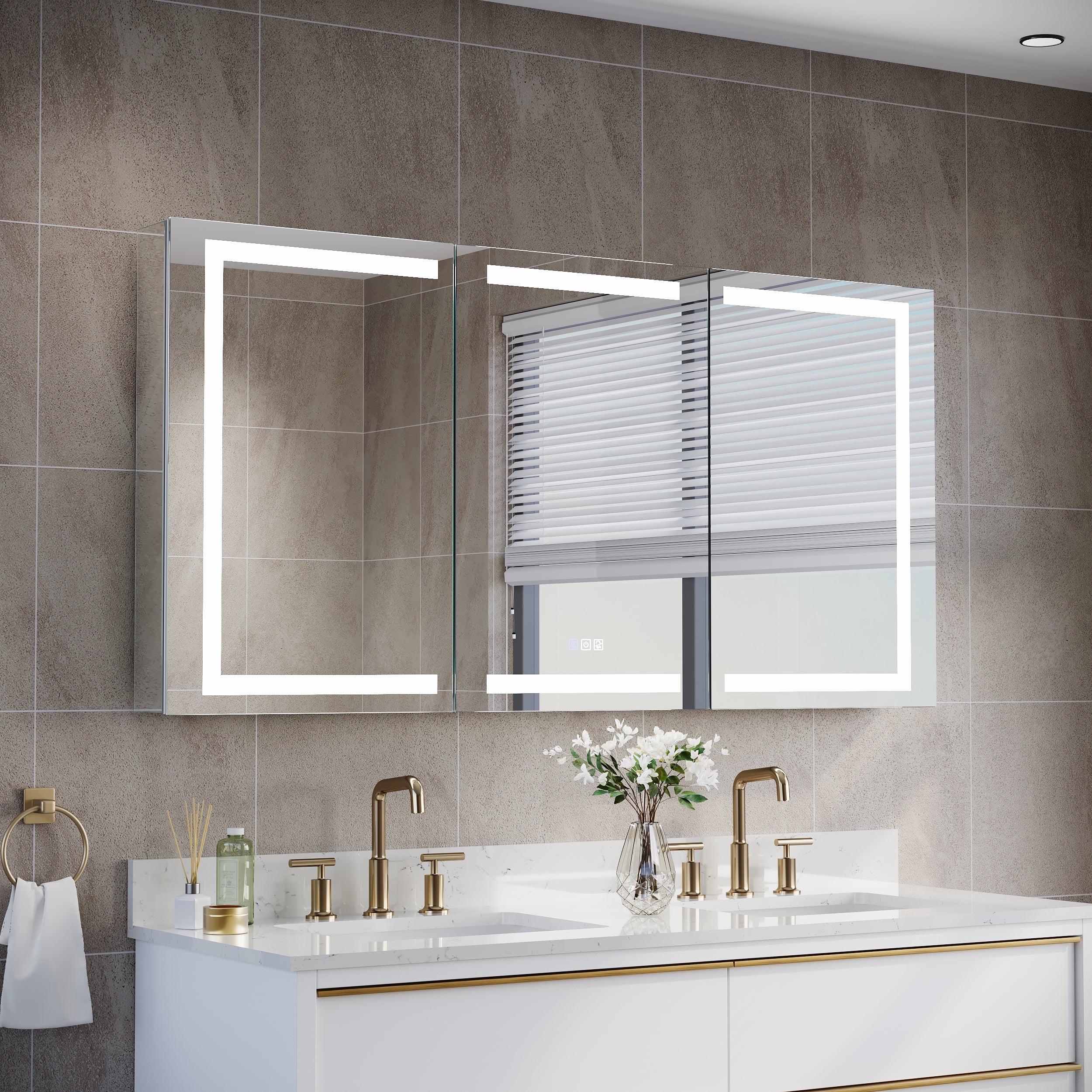


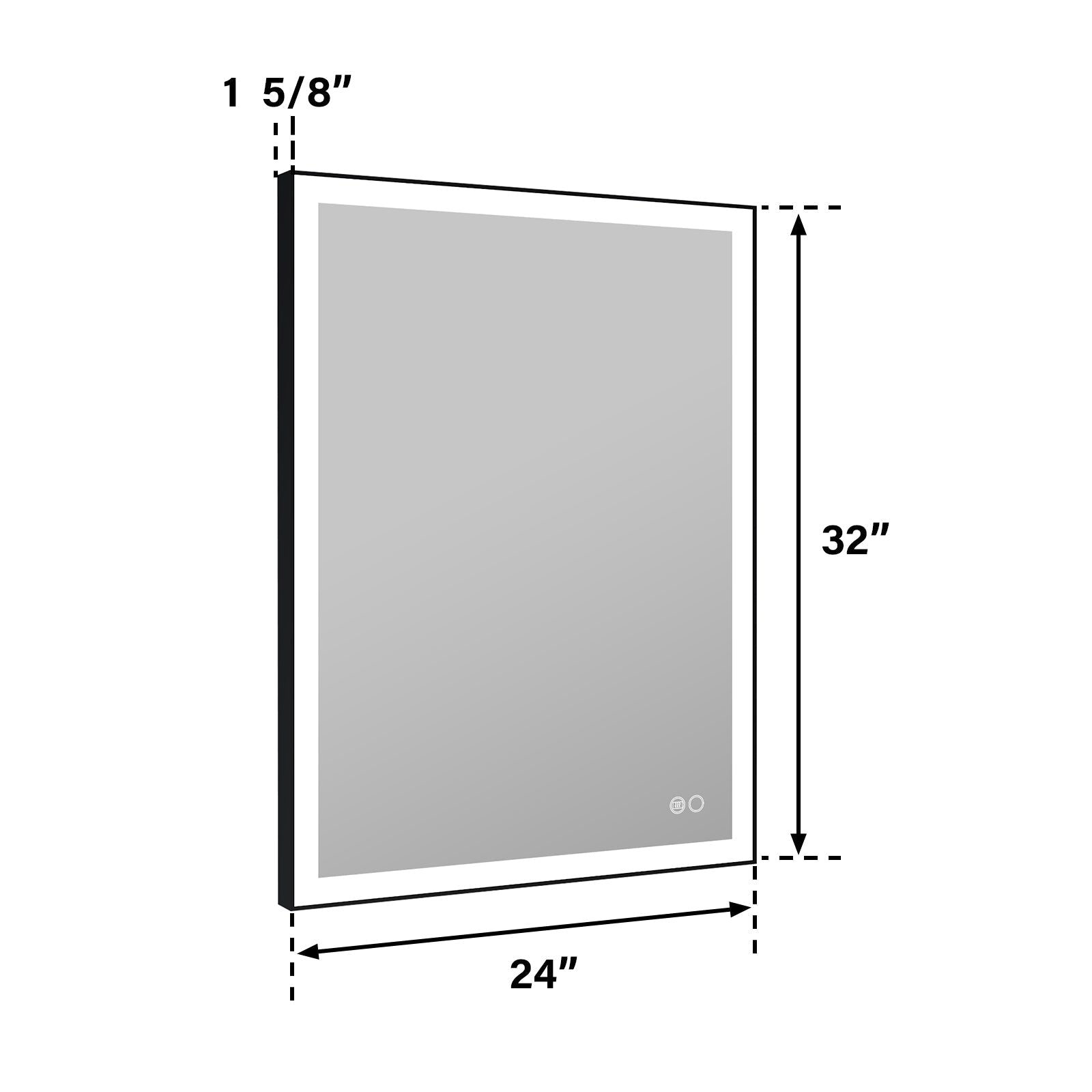
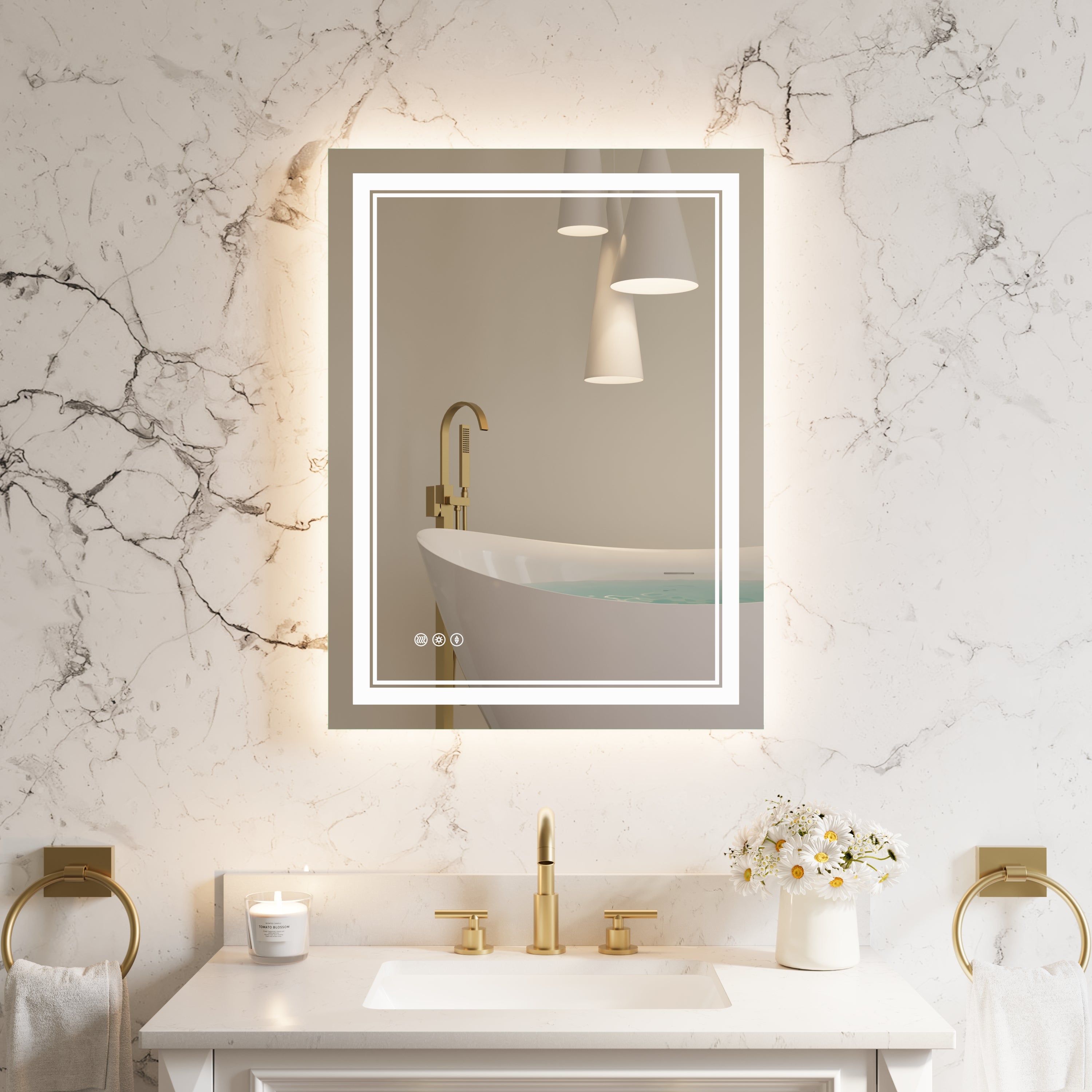
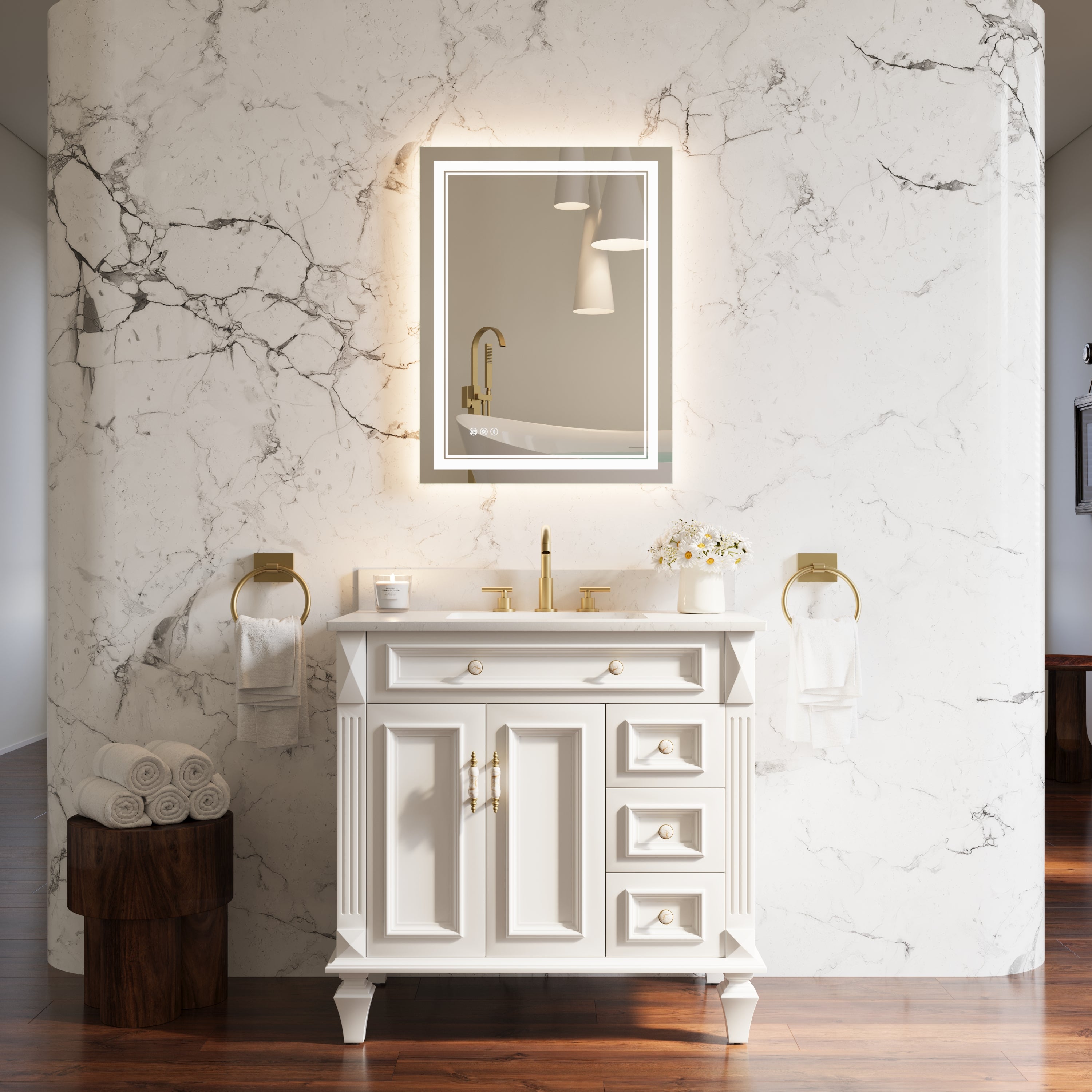
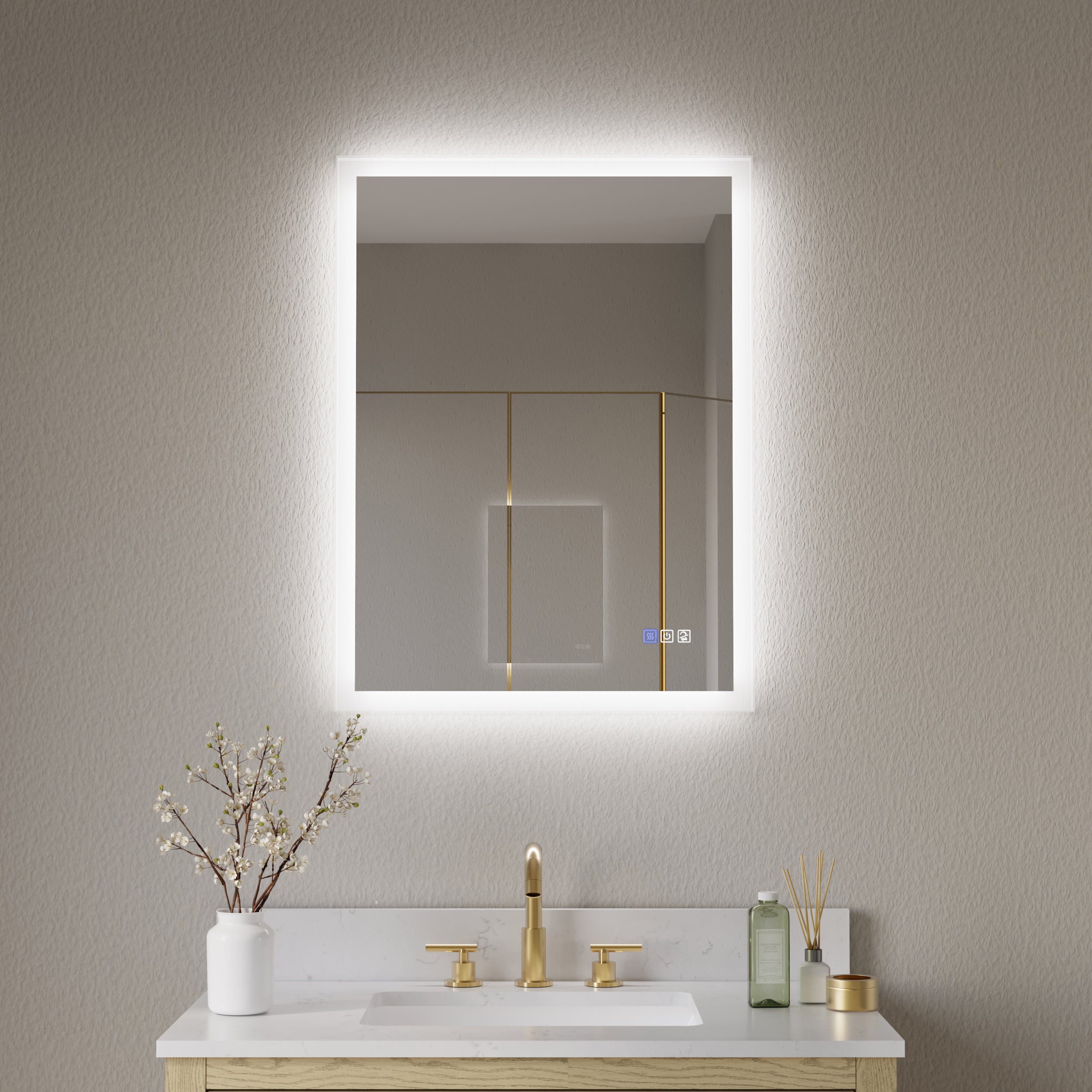

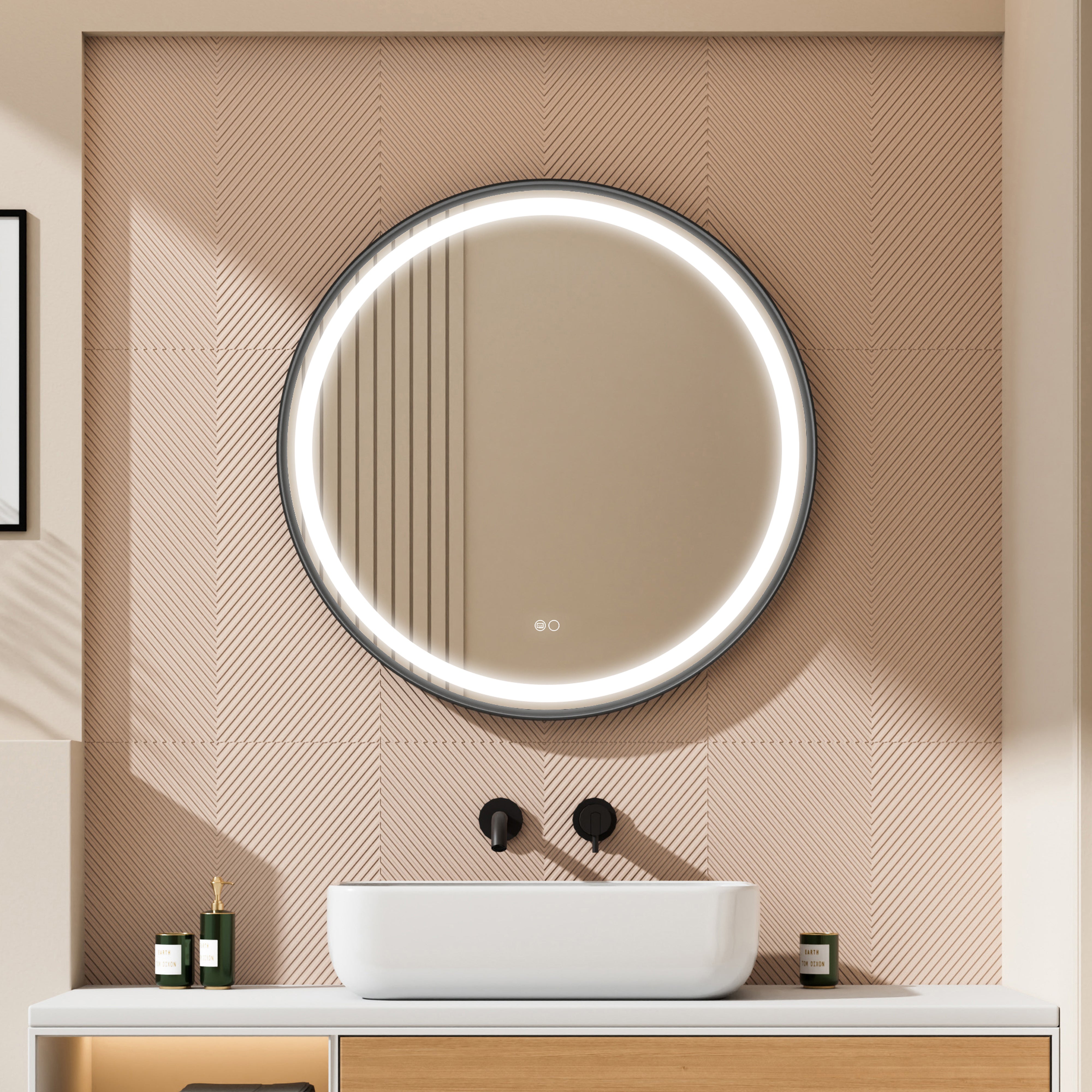
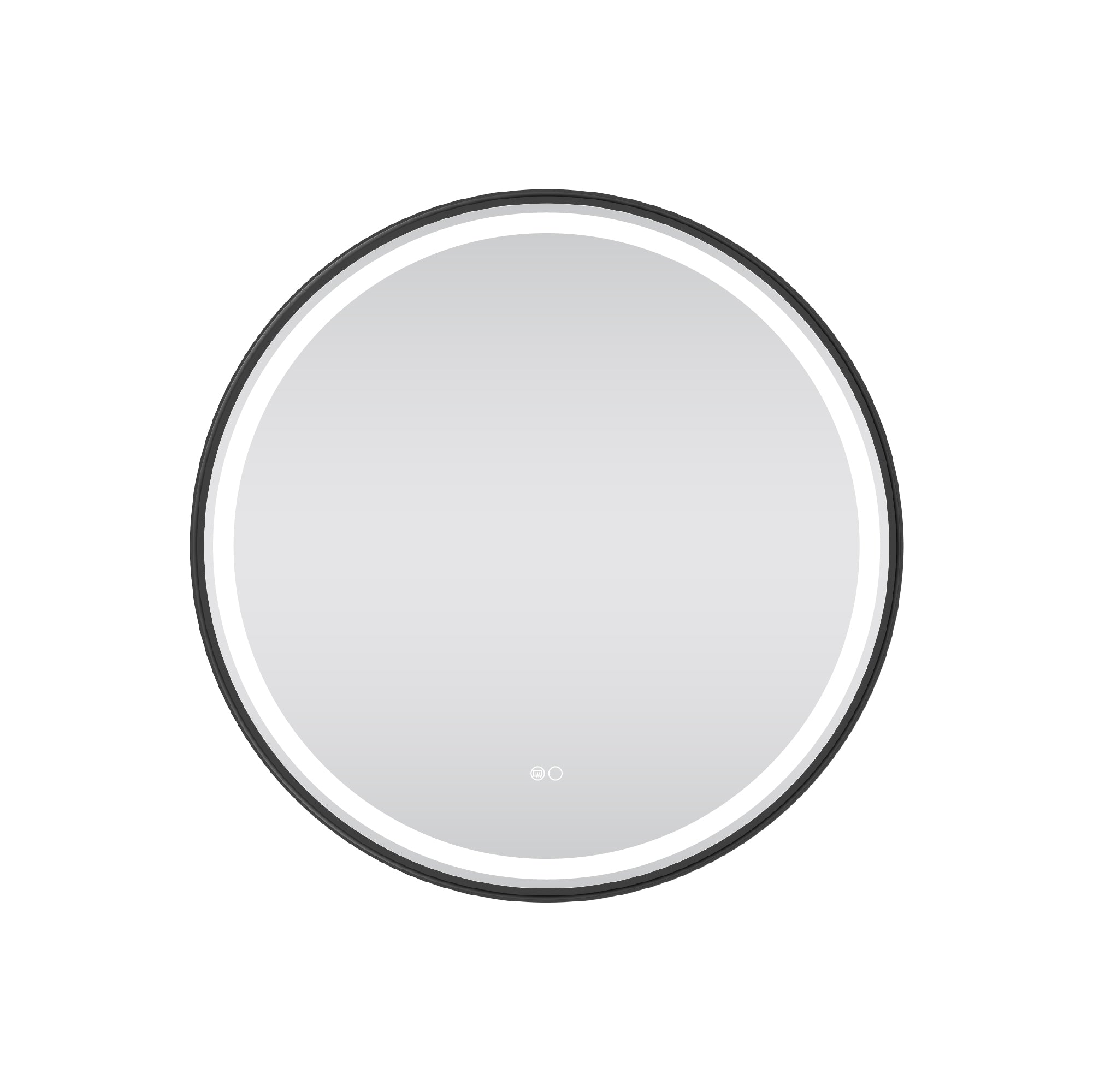


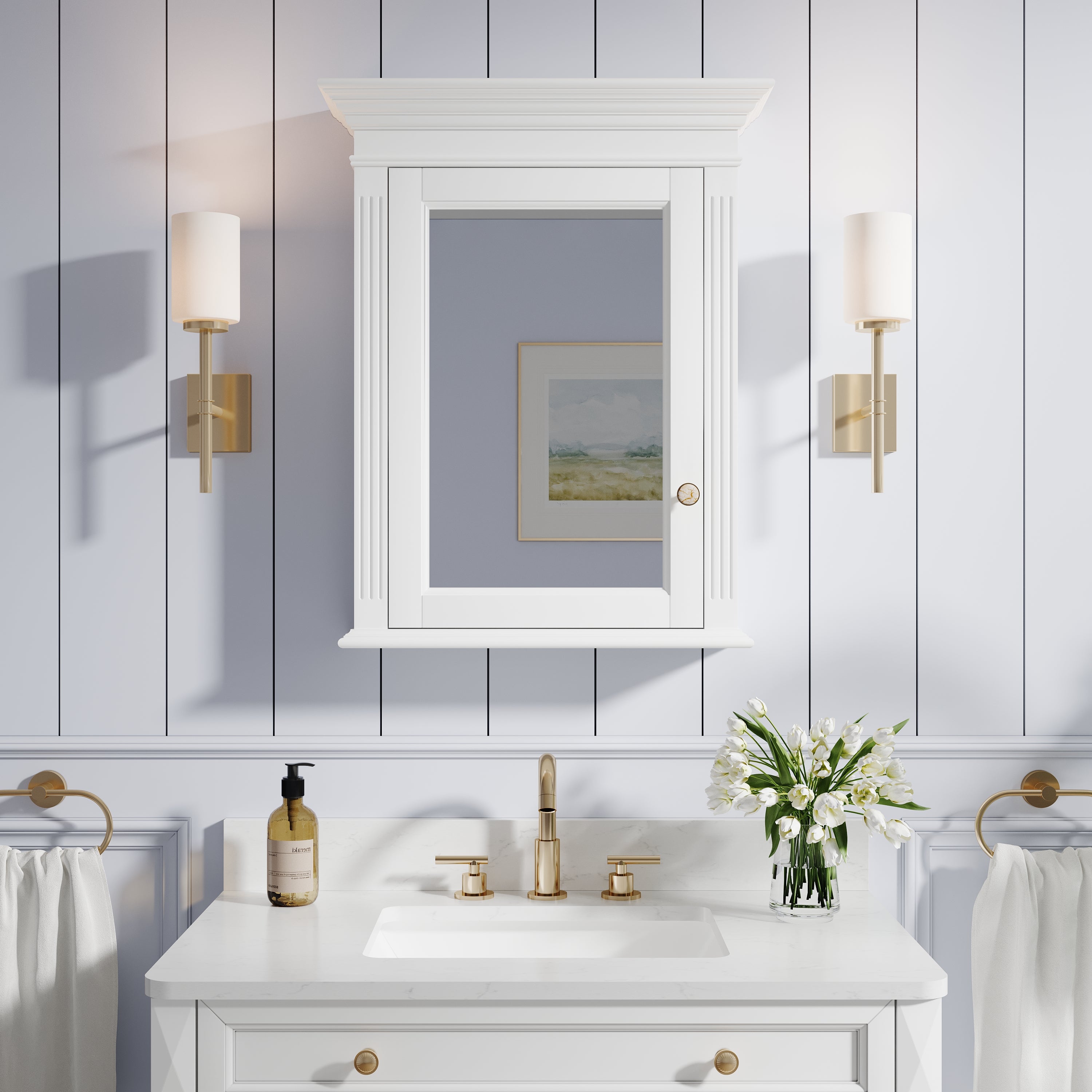
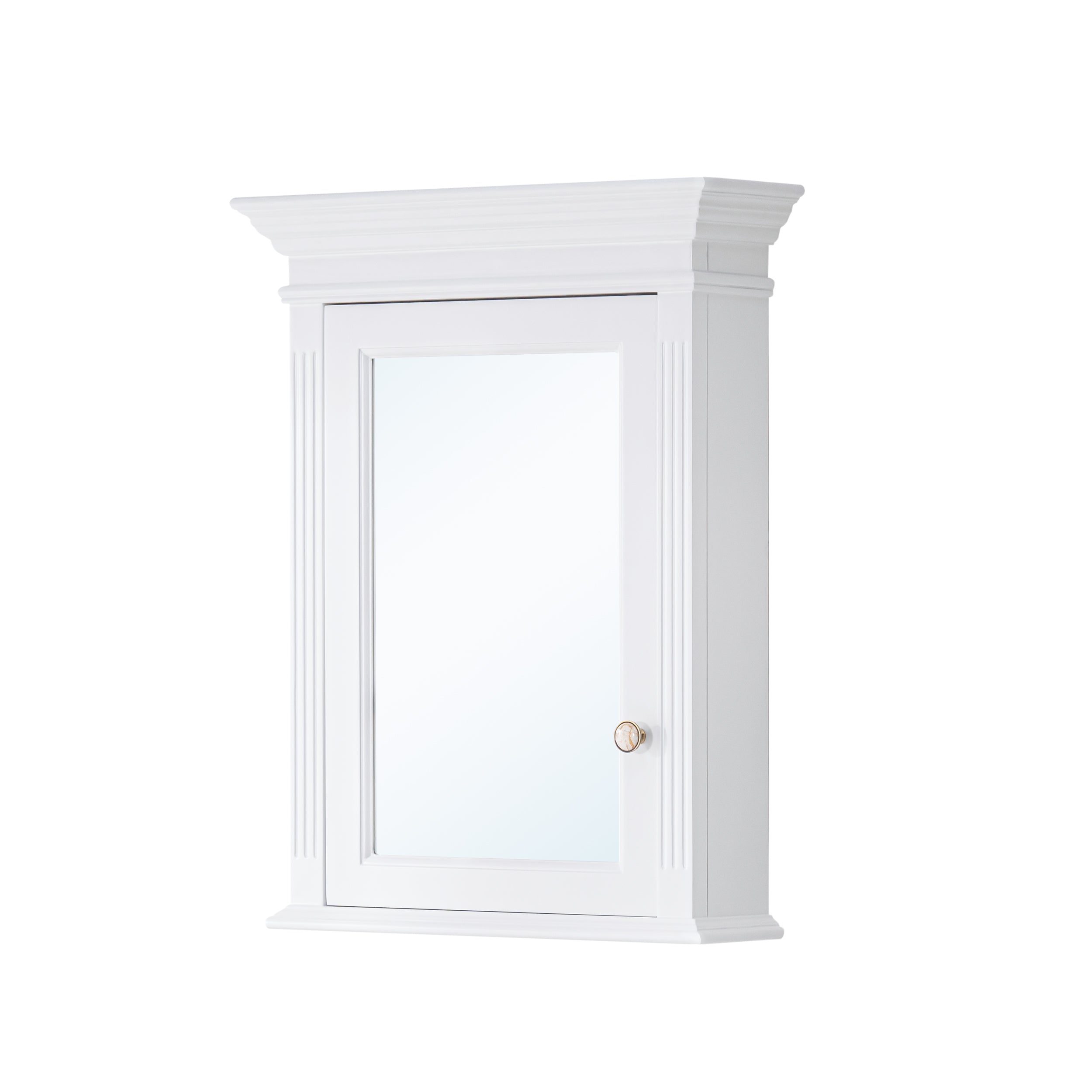
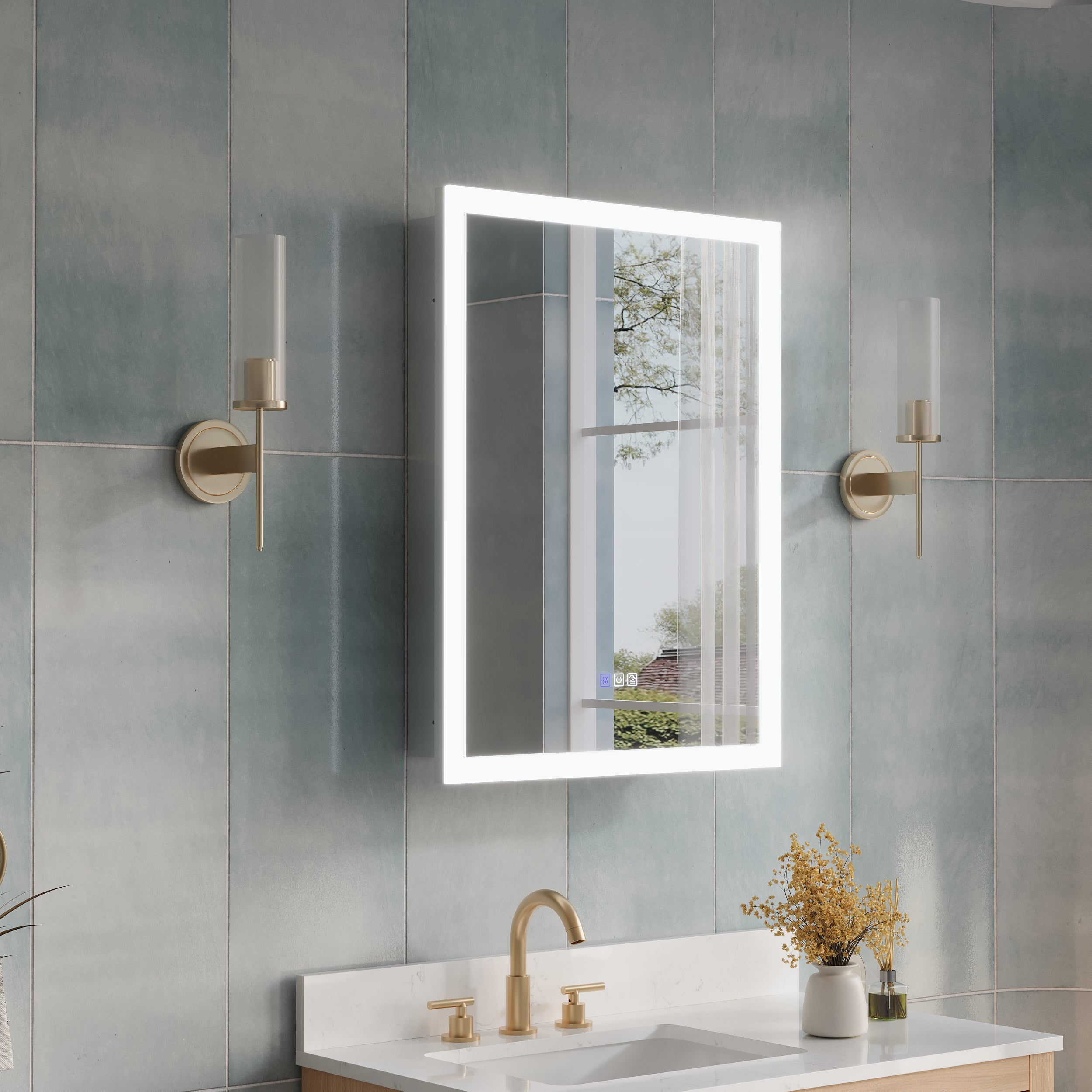
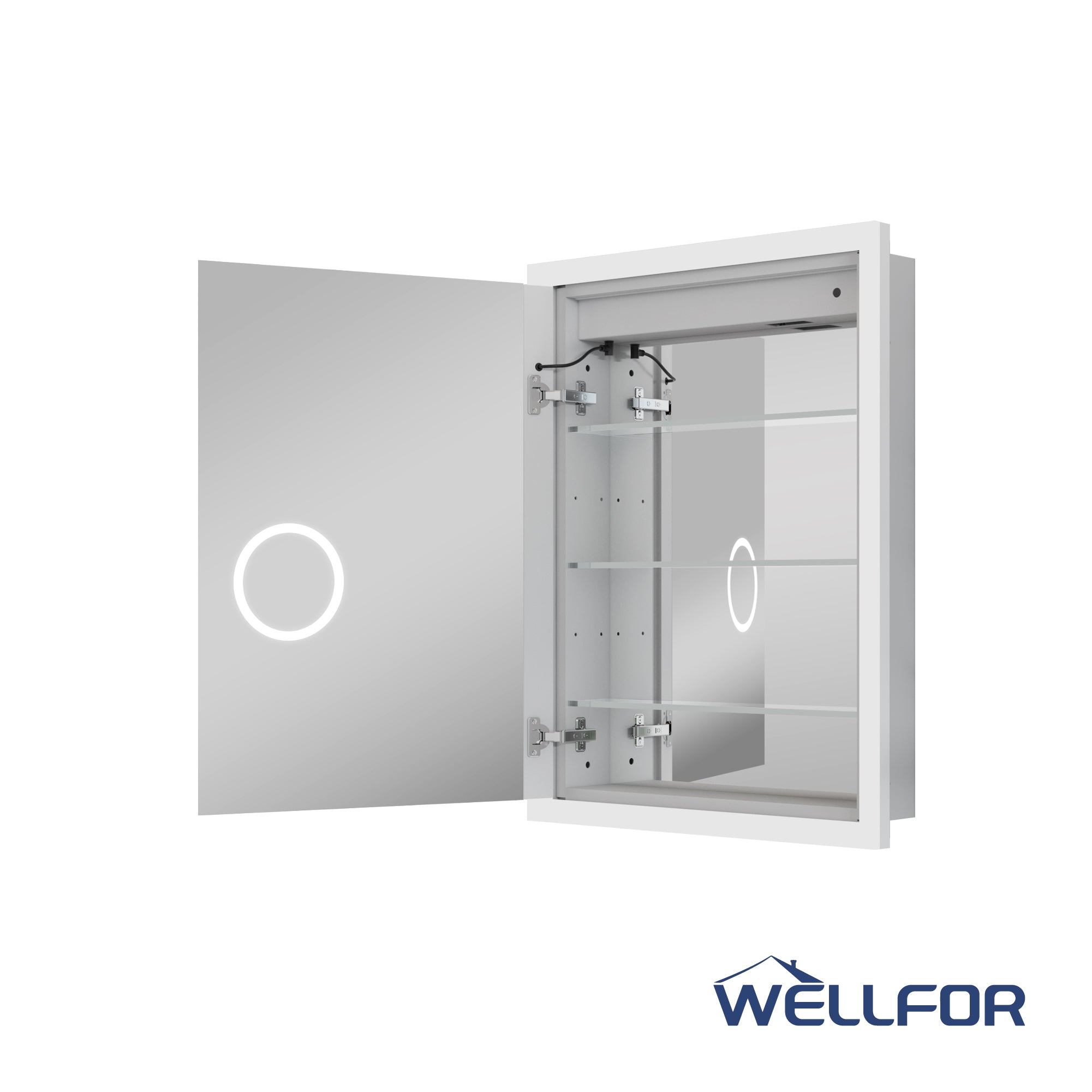
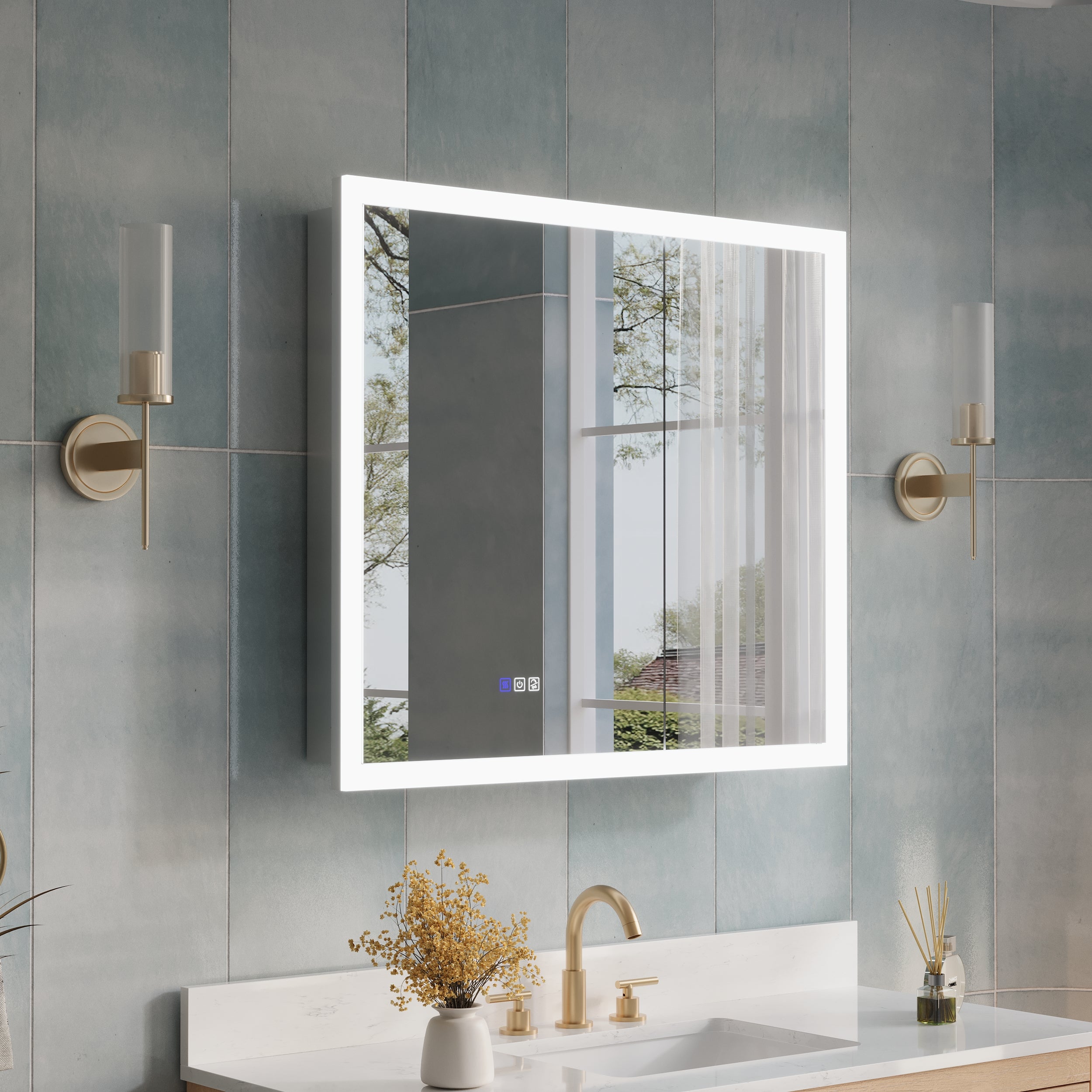




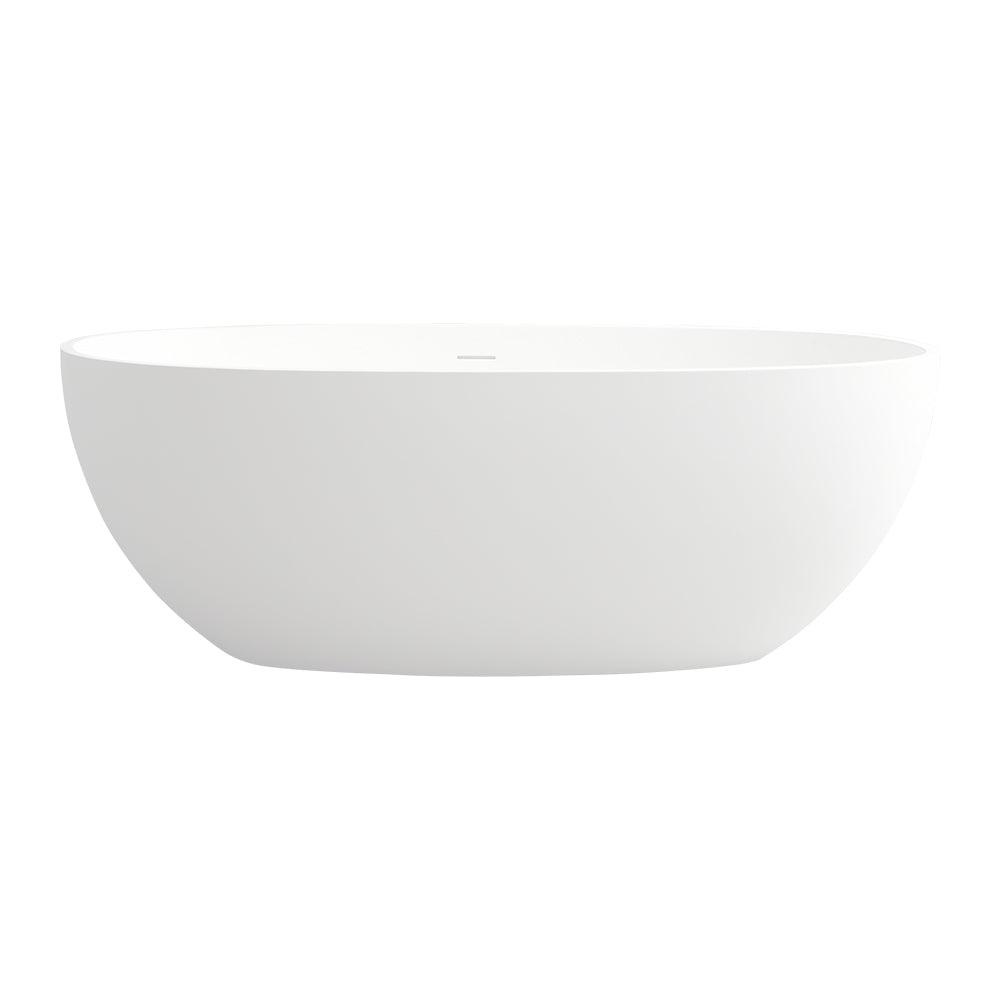
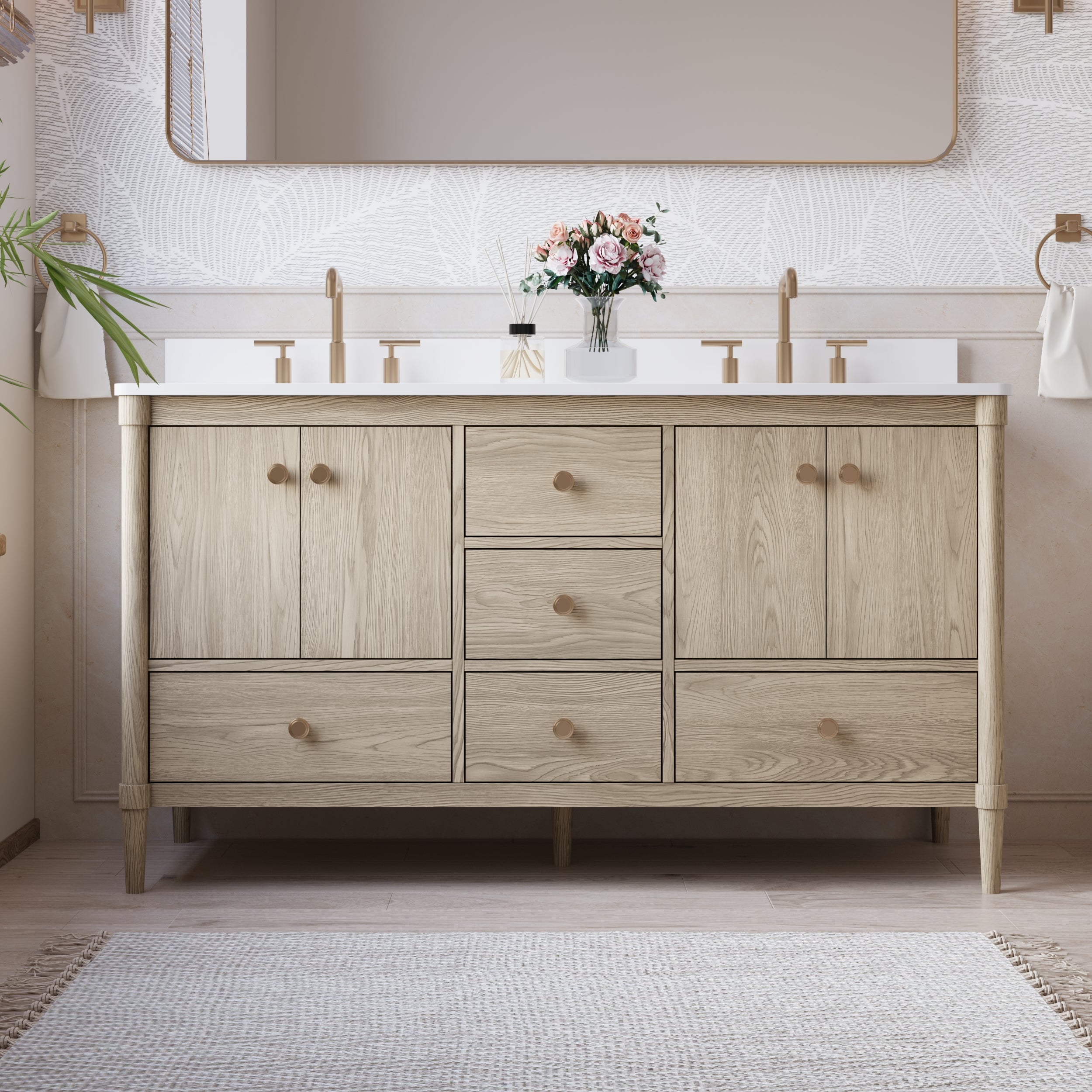
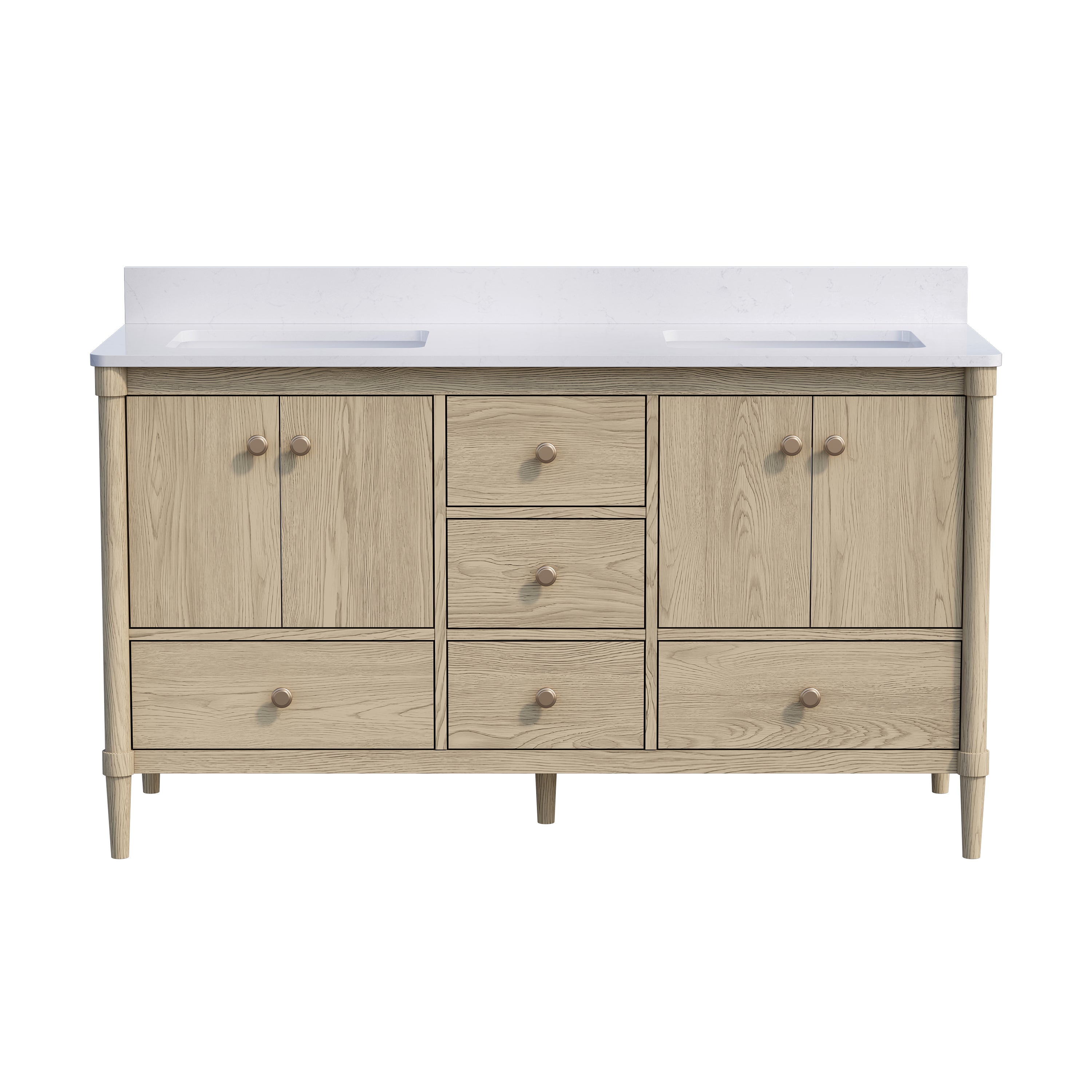
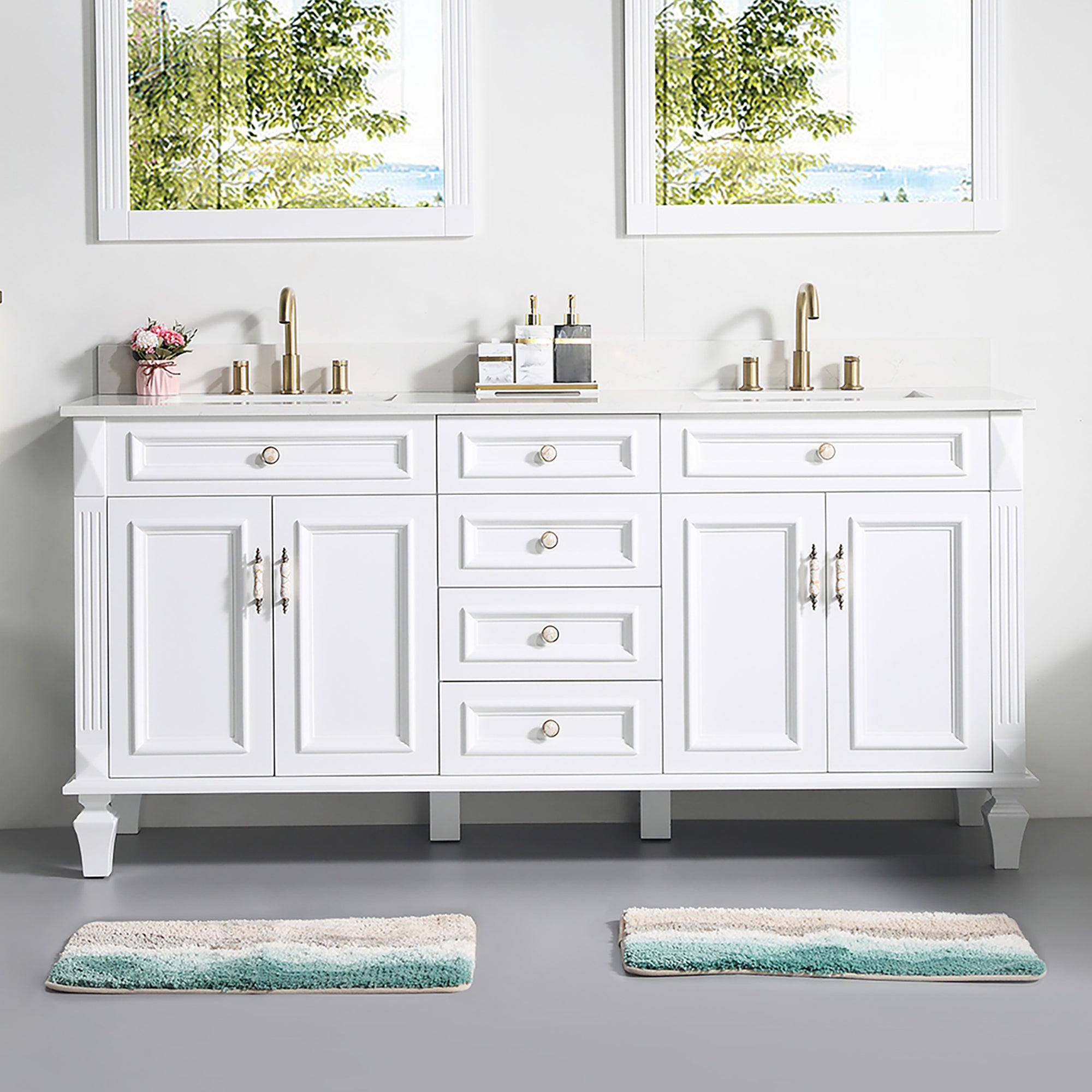

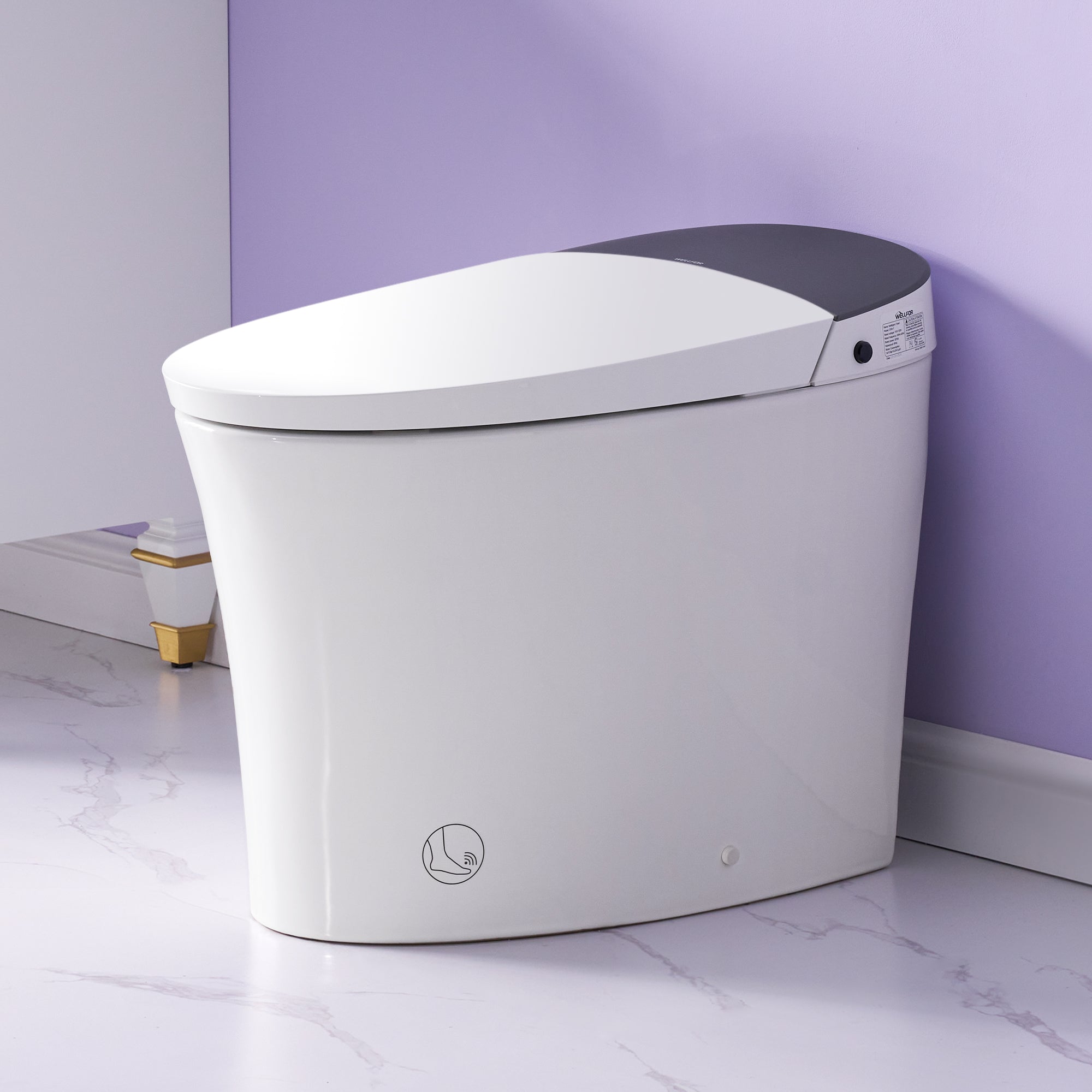
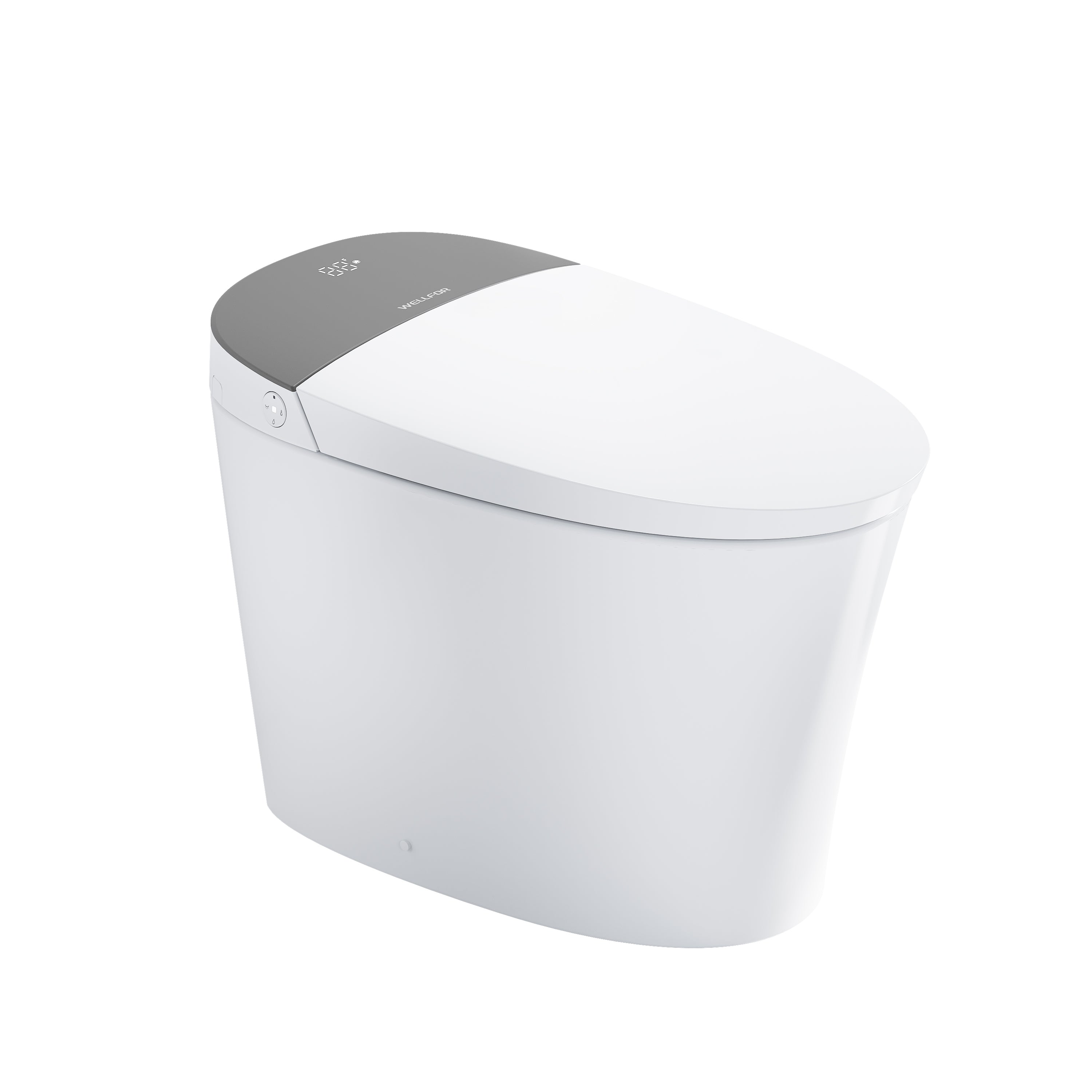

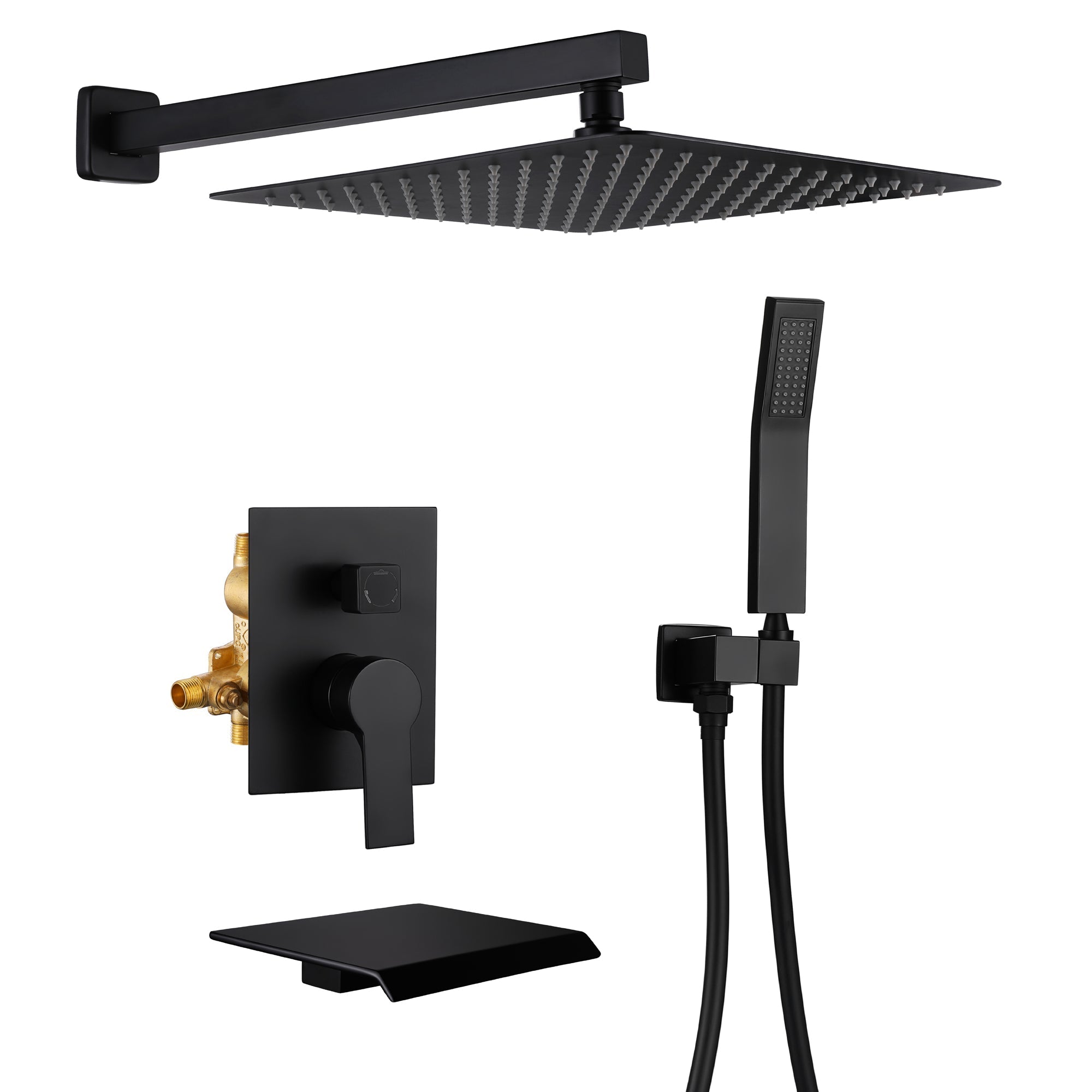
Leave a comment
This site is protected by hCaptcha and the hCaptcha Privacy Policy and Terms of Service apply.